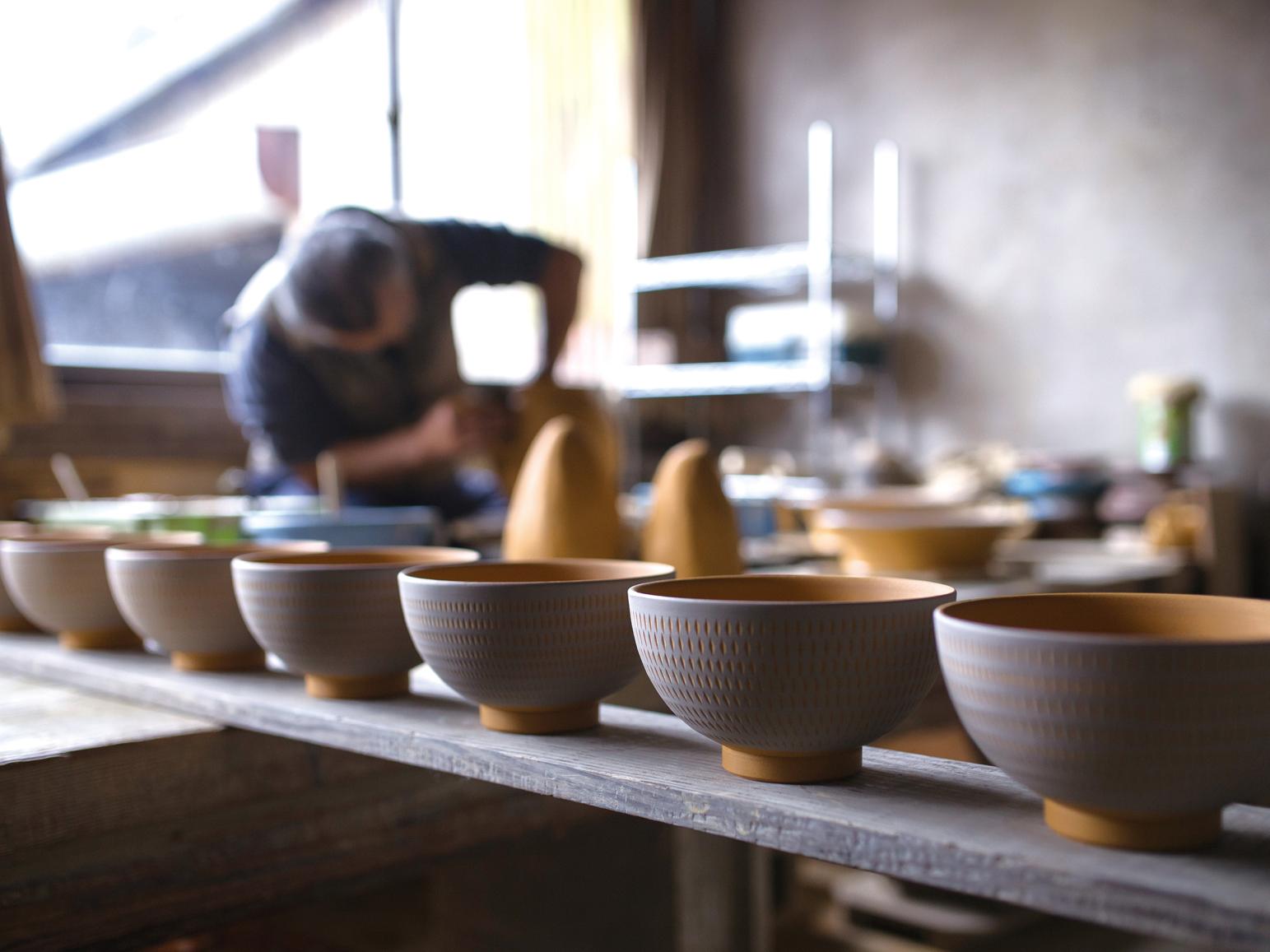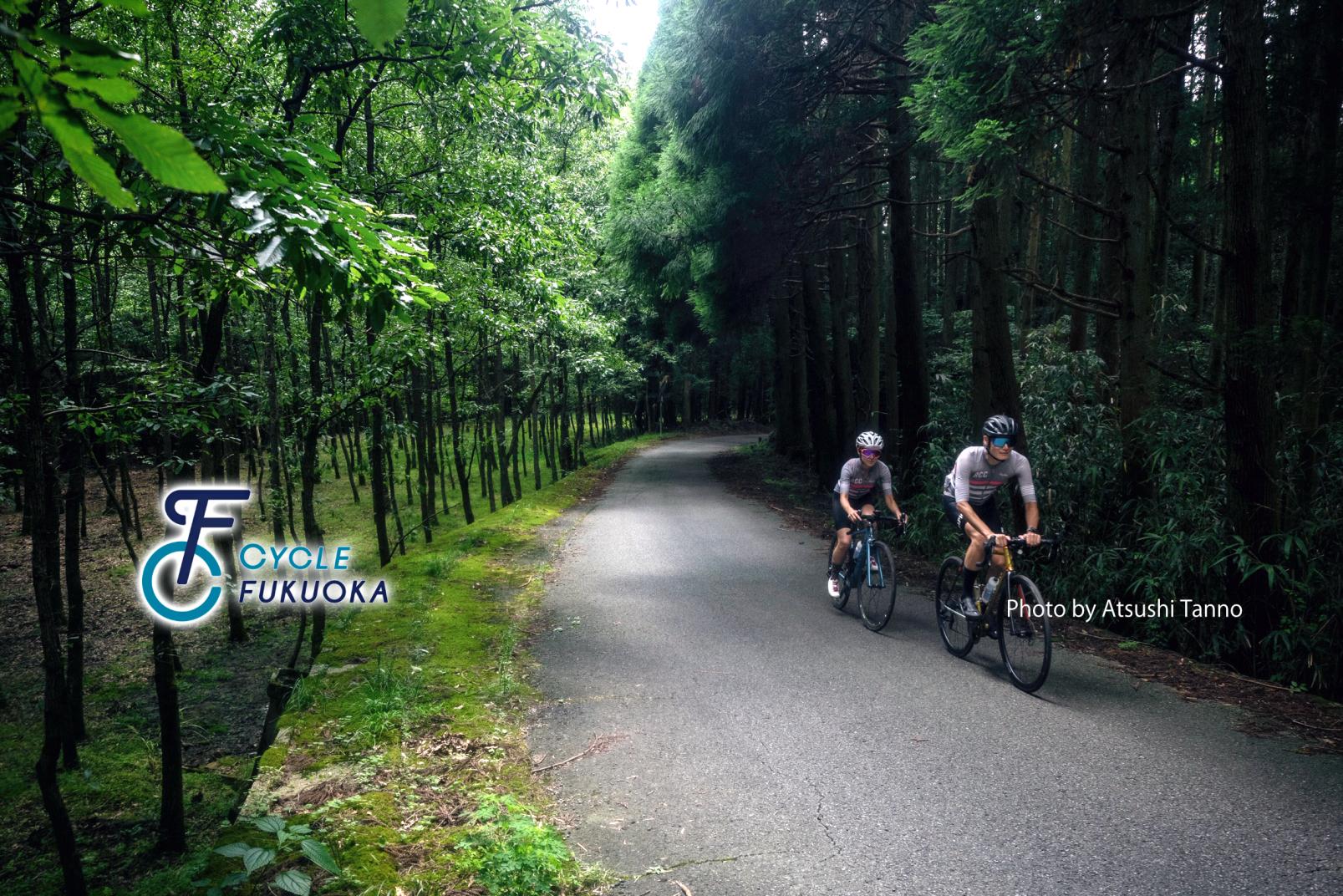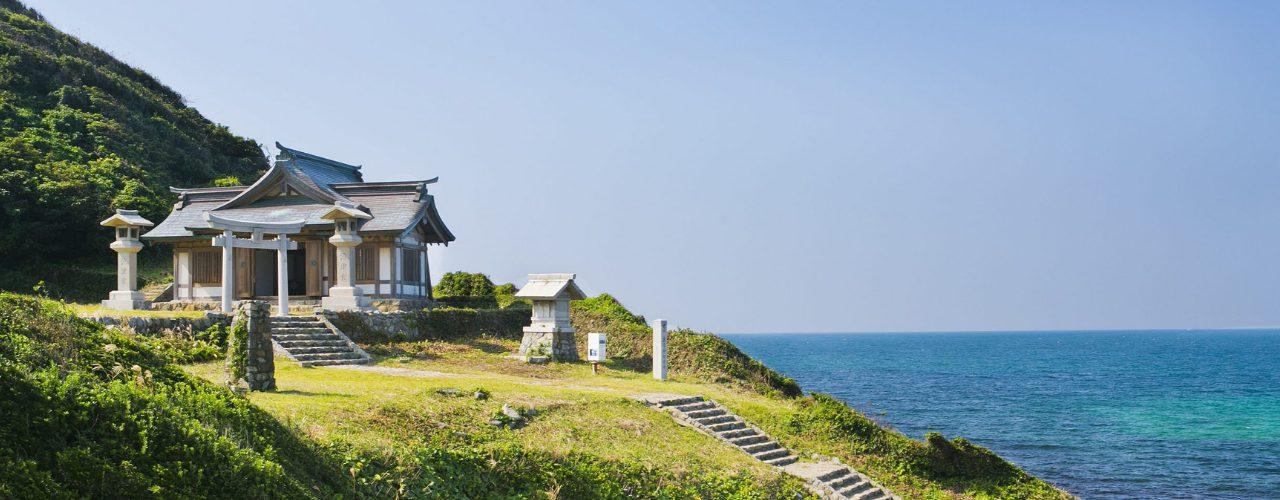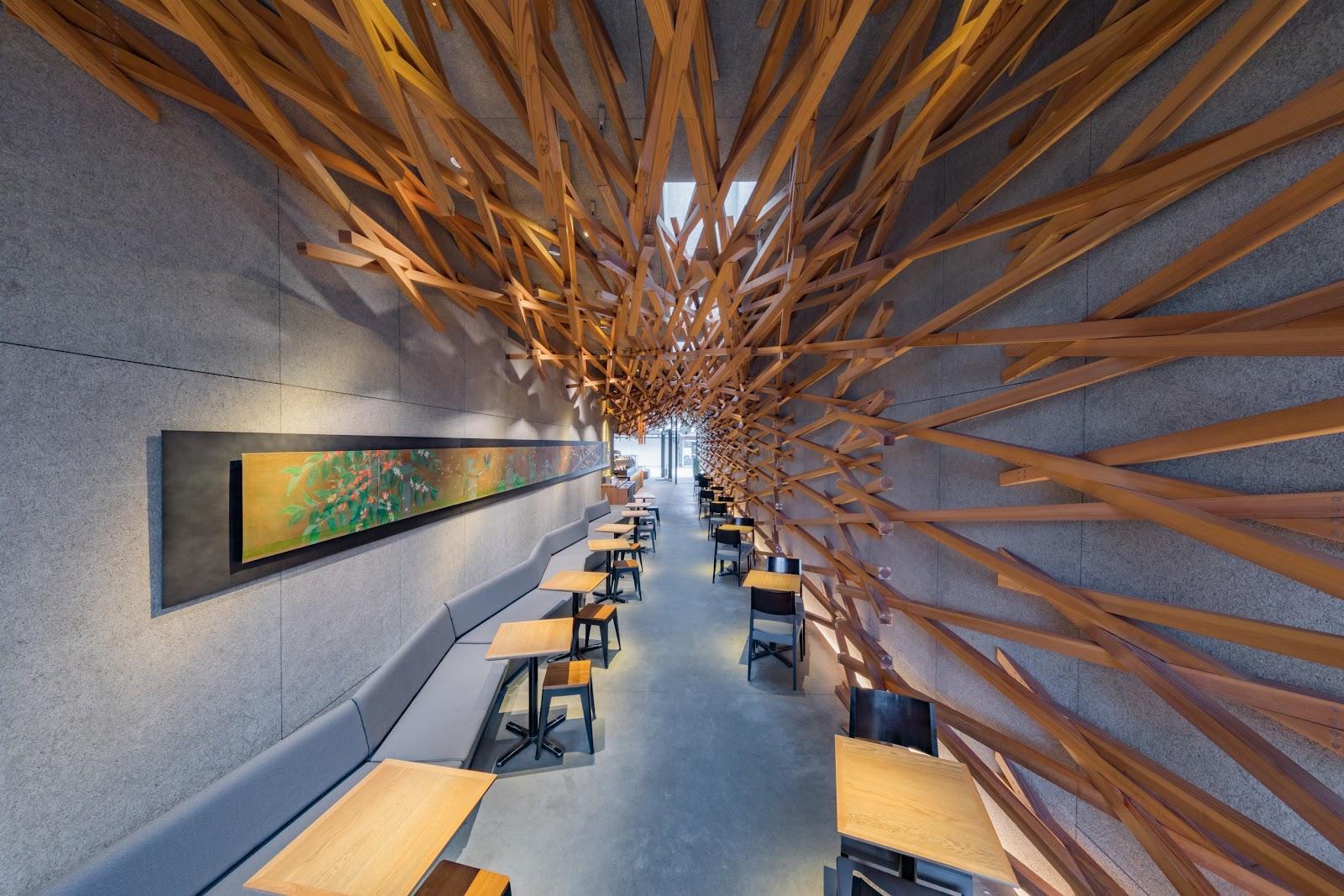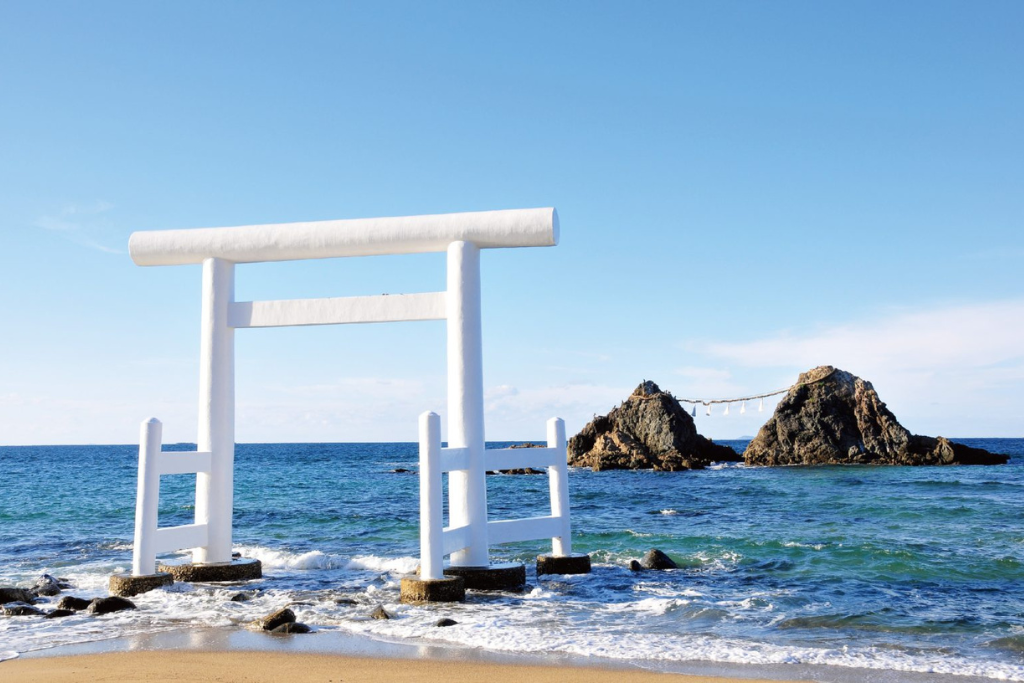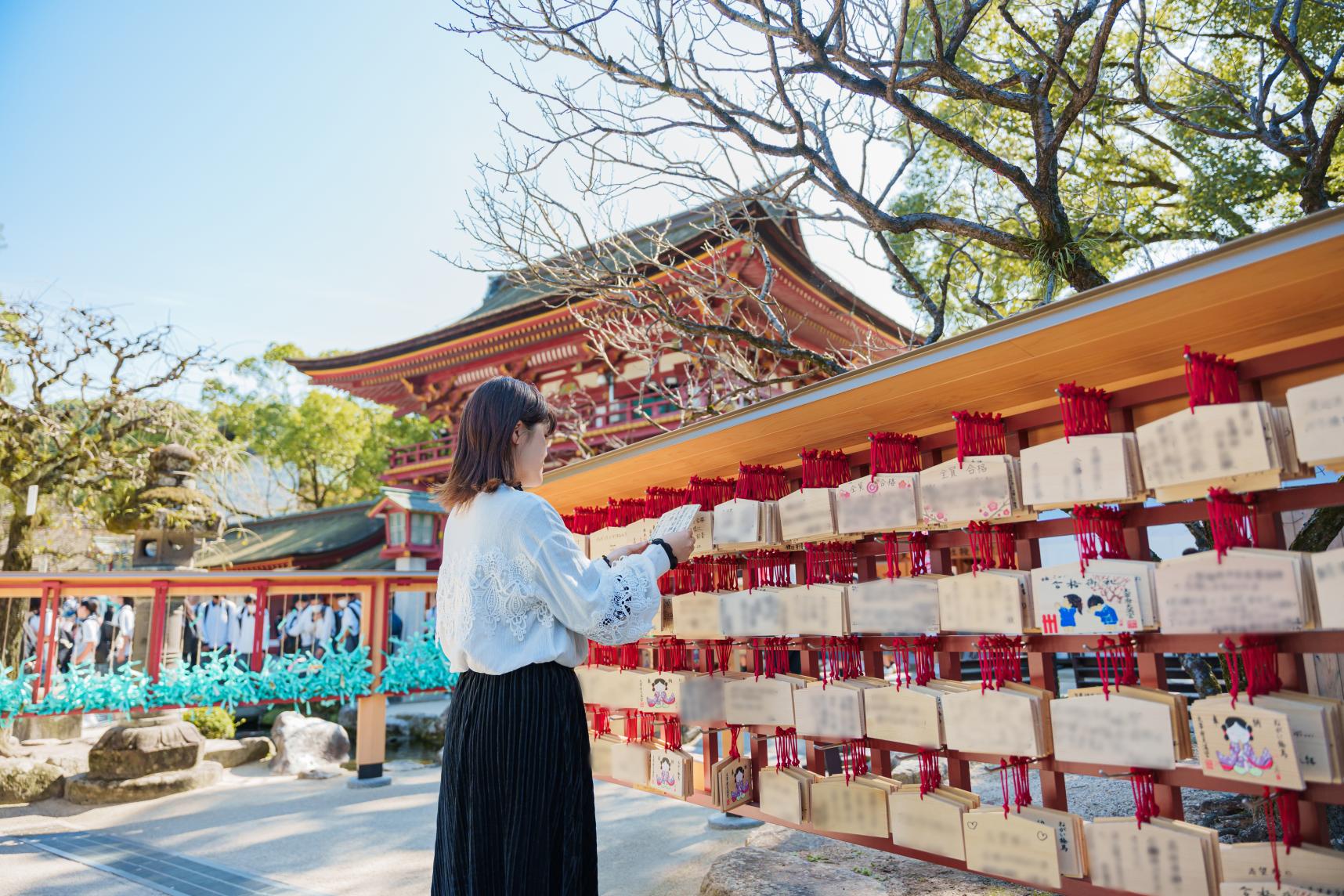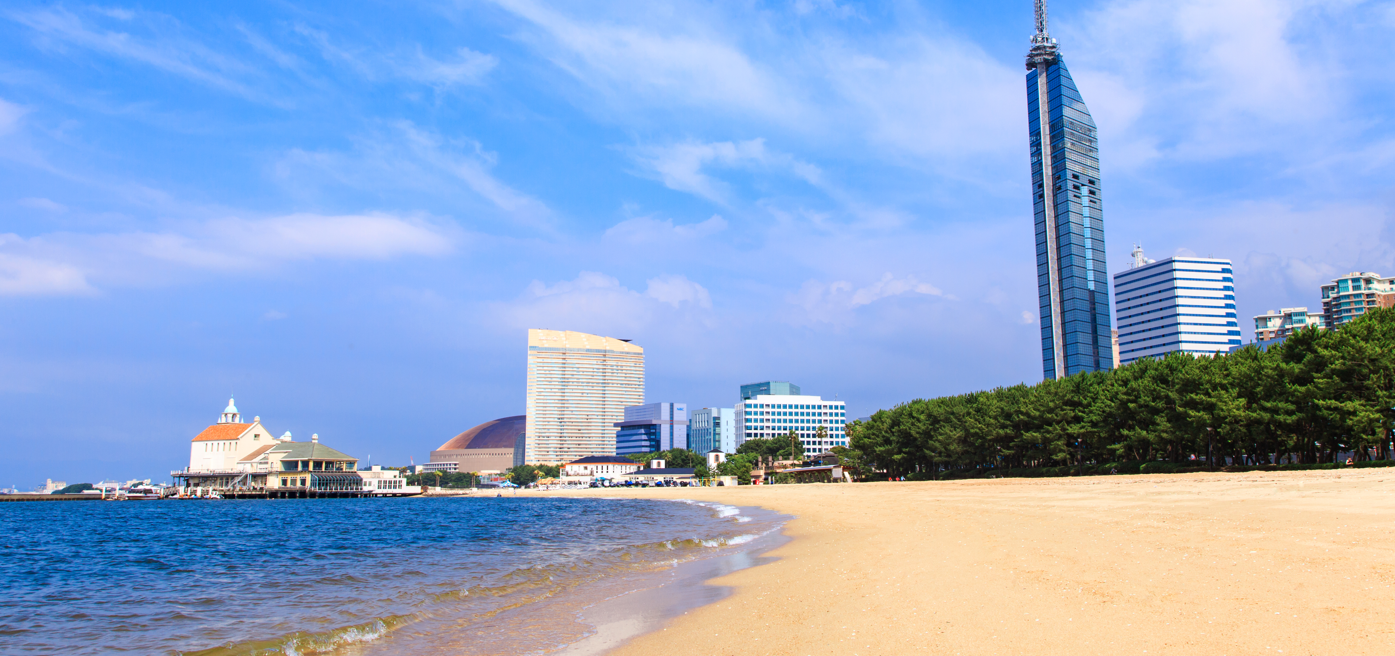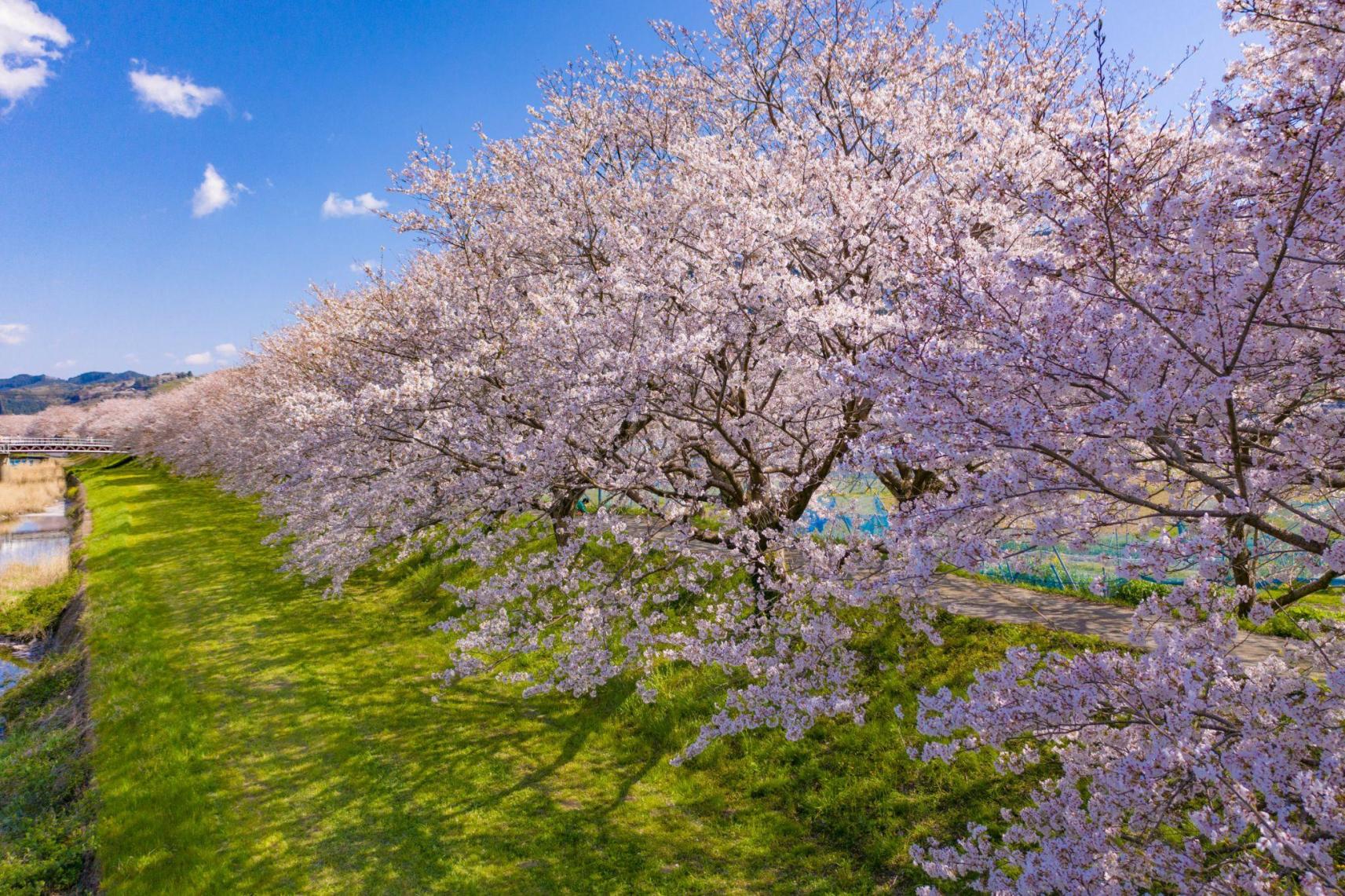
Ukiha, The Charming Spell Of The Countryside
Surrounded by the Mino Mountain range, Ukiha City is a prime destination for nature lovers. Its beautiful landscapes, a rich architectural heritage since the 17th century, a river promenade lined with 2 km of cherry blossoms, an interesting shrine with stunning views, and charming cafes offering the best traditional Japanese cuisine make Ukiha a true hidden gem of the southeastern part of Fukuoka Prefecture.
Stroll Through Historical Streets From The 19th Century
Ukiha became a very prosperous area thanks to its convenient location as a post town along the Bungo Kaido Road during the Edo Period, connecting the castle town of Kurume with the imperial fief of Hita in the neighboring Oita Prefecture. As a result, there’s a small and pleasing urban area that’s filled with vintage shops as well as local crafts, an ideal setting to rent a kimono for a leisurely walk around its nostalgic streets.
The Town with White Walls
One of the most striking details about the city’s center is the white plastered walls of the traditional buildings located in the central district of Yoshiimachi — a luminous urban landscape complemented by the lush greenery of the nearby mountains and fields. This construction style is known as dozo (a traditional Japanese architectural style with outer walls made of mud and finished with plaster) and was partially influenced by the practical need to provide higher resistance against fire. The result is a picturesque main road with an atmospheric ambiance that captures the prevailing style of the Taisho Period (1912-1926) when most of the houses that we can see today were originally built.
Approximately 250 traditional buildings are part of the Chikugo-Yoshii Preservation District, which was formally designated as such in 1996. One can’t help but feel a sense of mystery and wonder while exploring every corner of this wonderful time capsule.
Chikugo-Yoshii Preservation District(Japanese Website)
Yoshiimachi, Ukiha City, Fukuoka Prefecture
https://www.city.ukiha.fukuoka.jp/kiji0035106/index.html
Budou no Tane Gallery
Budou no Tane literally means “grape seed.” It’s a fitting name for the creative umbrella that houses a small group of galleries, shops, and cafes that cater to several facets of lifestyle, from clothing to everyday pottery items. The area’s grapevines inspired the name, which symbolizes everything under the philosophy of enriching our daily lives just as seeds grow into plants and trees. Ukiha grapes are famous across the region, just like a wide variety of fruits that grant the city the nickname “Fruit Kingdom” within the prefecture.
About 20 minutes on foot from Ukiha train station, the main shop is a lovely display of artisanal ceramic items, each uniquely crafted like little works of art, with constantly evolving designs that keep a fresh spirit and a playful sense of novelty for customers and visitors. Here, there is also a gallery space that hosts different exhibitions each month, showcasing the works of various artisanal creators, mostly ceramic artists or studios, but also glassware or metalworks.
Budou no Tane Gallery(Japanese Website)
428 Ukihamachi Nagarekawa, Ukiha City, Fukuoka Prefecture
https://www.budounotane.com/gallery_utsuwa/
Cafe Sakanoshita no Mise
Just a few meters from Budou no Tane, visitors also have the chance to enjoy a relaxing lunch or an energizing coffee break in the aptly named Sakanoshita no Mise (literally, the shop down the hill) as it’s right down the slope from the gallery. Just like the nearby shops, the cafe is another branch of the main tree, devised as a nurturing space that offers a delicious seasonal menu. The experience is completed with a shop that offers a careful selection of local organic produce and a variety of healthy food.
Cafe Sakanoshita no Mise(Japanese Website)
349-1 Ukihamachi Nagarekawa, Ukiha City, Fukuoka Prefecture
https://www.budounotane.com/cafe_sakanoshita/
Machiya yado Ikuha
Among the houses in the Chikugo Yoshii district, the bright red curtains of Machiya yado Ikuha Guest House stand out. As the first guesthouse of Yoshii town in the area, it has over 100 years of history since its construction as a traditional merchant house in 1911. Beyond its well-preserved facade, stepping inside is like traveling back in time to enjoy the allure of Meiji-Taisho era style.
Three 8-tatami rooms can be individually reserved, and there’s also the option of booking the entire guesthouse (save for the staff room) for a very reasonable price. Facilities include a shared kitchen with all necessary equipment. The lodging rooms are on the upper floor, while the bathroom, toilet, and shared lounge are on the ground floor. The wooden infrastructure bears an intrinsic warmth that makes travelers feel instantly at home from the moment they set foot inside.
Ikuha Guest House
1386 Yoshiimachi, Ukiha City, Fukuoka Prefecture
https://www.guesthouse-ikuha.com/?lang=en
Kominka Shimebaru
For a perfect blend of nature and history, an impressive accommodation awaits you at the southern end of Ukiha City. A 150-year old farmhouse has been completely renovated while keeping the original style intact in Shimebaru, a rural village with over 800 years of history. The idyllic lodging is next to the Kumanoue River on one side and surrounded by woods on the other. This is the perfect opportunity to experience first-hand what it feels like to live inside this uniquely Japanese traditional house, with thatched roofs, cedar structure, and earthen walls. No sounds other than the stream and the soft murmur of the breeze among the nearby trees will soothe any weary traveler.
Kominka Shimebaru
729 Ukihamachi Tagomori, Ukiha City, Fukuoka Prefucture
https://www.airbnb.jp/rooms/36566820
Nagarekawa Cherry Blossoms
Two kilometers worth of dream-like soft pink goodness is what every spring feels like at the Nagarekawa district of Ukiha city. This is the city’s most popular location during cherry blossom season, and for a good reason. The riverside promenade is a beautiful landscape mostly untarnished by human-made structures where visitors can immerse themselves in a magical flower tunnel of more than 1,000 cherry trees. After sunset, far from breaking the spell, the magic continues from 19:00 to 22:00, when trees light up, allowing visitors to continue enjoying the cherry blossom landscape at night.
Forest Therapy on the Tsuzura Terraced Rice Paddy Walkaway Road
It’s no secret that close contact with nature is an effective recipe for multiple health benefits. A walk in the woods, the sounds of birds, leaves fluttering in the wind, and the gentle smell of rain… nature is a gift to our senses. During the past few decades, the Japanese concept of “Forest Bathing” took shape, which was simply a process of assigning a name to what common wisdom has always known: human beings need a natural environment to feel better. This common wisdom is also backed by decades of scientific research in Japan and worldwide.
With this in mind, the “Forest Therapy” project takes the concept one step further. Aside from taking a walk or hike in the woods, a trained guide sets a slow pace for visitors, ensuring a fully conscious experience to “absorb” nature with all senses and maximizing the benefits of a forest immersion. Currently, there are 62 forests across Japan certified as “Forest Therapy Base.” And it’s no wonder that Ukiha’s gorgeous Japanese landscape of terraced rice paddies is one such place. Centuries of agricultural traditions meet the impressive views of the farmlands nestled into the mountain slopes.
I felt incredibly fortunate to walk around these beautiful fields while learning about the local vegetation, thanks to my certified guide Naomi. Around 300 fertile paddy terraced fields were developed thanks to the Chikugo River basin, famous for its water quality. Along the route, some signs remind us how the sounds of the wind or the water streams have irregular frequency fluctuations similar to a human’s average heart rate. Or about the calming properties of simply resting our eyes with the green color. Being in sync with nature is part of the healing process.
As a part of the experience, I also got to choose a preferred place to close my eyes and lie down for five minutes. It’s all a part of the Forest Therapy, with the simple pleasure of strolling, listening to the sounds of the birds and the breeze, touching trees and leaves, and basking in the beauty of the moment. The breathtaking landscape truly made this an unforgettable experience.
Ukiha city is one of four Forest Therapy locations in Fukuoka Prefecture. The other three are located in Yame City, Sasaguri Town, and Buzen City.
Tsuzura Terraced Rice Paddy(Japanese Website)
3227 Ukihamachi, Niikawa, Ukiha City, Fukuoka Prefecture
https://www.fo-society.jp/quarter/ukiha.html
Forest Therapy Society Japan
https://www.fo-society.jp/en/
Spectacular View of 91 Red Torii Gates on a Steep Slope
One of the absolute best highlights of the city is Ukiha Inari Shrine. Climbing its 300 steps may seem at first a daunting task, and it certainly should not be done in a hurry. However, the beauty lies in going little by little, appreciating both the views of the 91 red torii gates and the incredible view of the Chikugo Plain expanding in front of us as we climb higher and higher.
At the end of the stairs is the main shrine, where the deities of Fushimi Inari Taisha, Matsuo Taisha, and Dazaifu Tenmangu are enshrined. It has a relatively short history, having been built in 1957 along with a park next to it, for purposes of worship and relaxation, given the spectacular views of the hillside location in this part of the Mino Mountains. The park is also a nice quiet spot with a wooden observation deck shrouded in greenery. During spring, it becomes a busy hotspot because of the many cherry blossom trees on the hillside, contrasting colors with the already photogenic vermillion gates.
It’s about 20 minutes on foot from the Ukiha train station to the beginning of the stairs. Alternatively, those unable to climb the stairs can reach the top by car.
Ukiha Inari Shrine(Japanese Website)
1513-9 Ukihamachi, Nagarekawa, Ukiha City, Fukuoka Prefecture
https://ukiha-inari.jp/
Roadside Station Ukiha Goes from Being a Transit Point to a Travel Base
As roadside stations go, Ukiha’s has got you covered for all your needs as a traveler. It has gained recognition as a promotional spot for the best local products and green tourism, providing a link between the urban and rural areas, and has been consistently ranked at the top of roadside stations in Kyushu and Yamaguchi for the past six years. These qualities have attracted the attention of Marriott hotels, and a project to build a hotel by 2023 has been announced, turning the facility into a prominent traveler base for Ukiha visitors.
Roadside Station Ukiha(Japanese Website)
729-2 Ukihamachi, Yamakita, Ukiha City, Fukuoka Prefecture
http://www.michinoeki-ukiha.com/


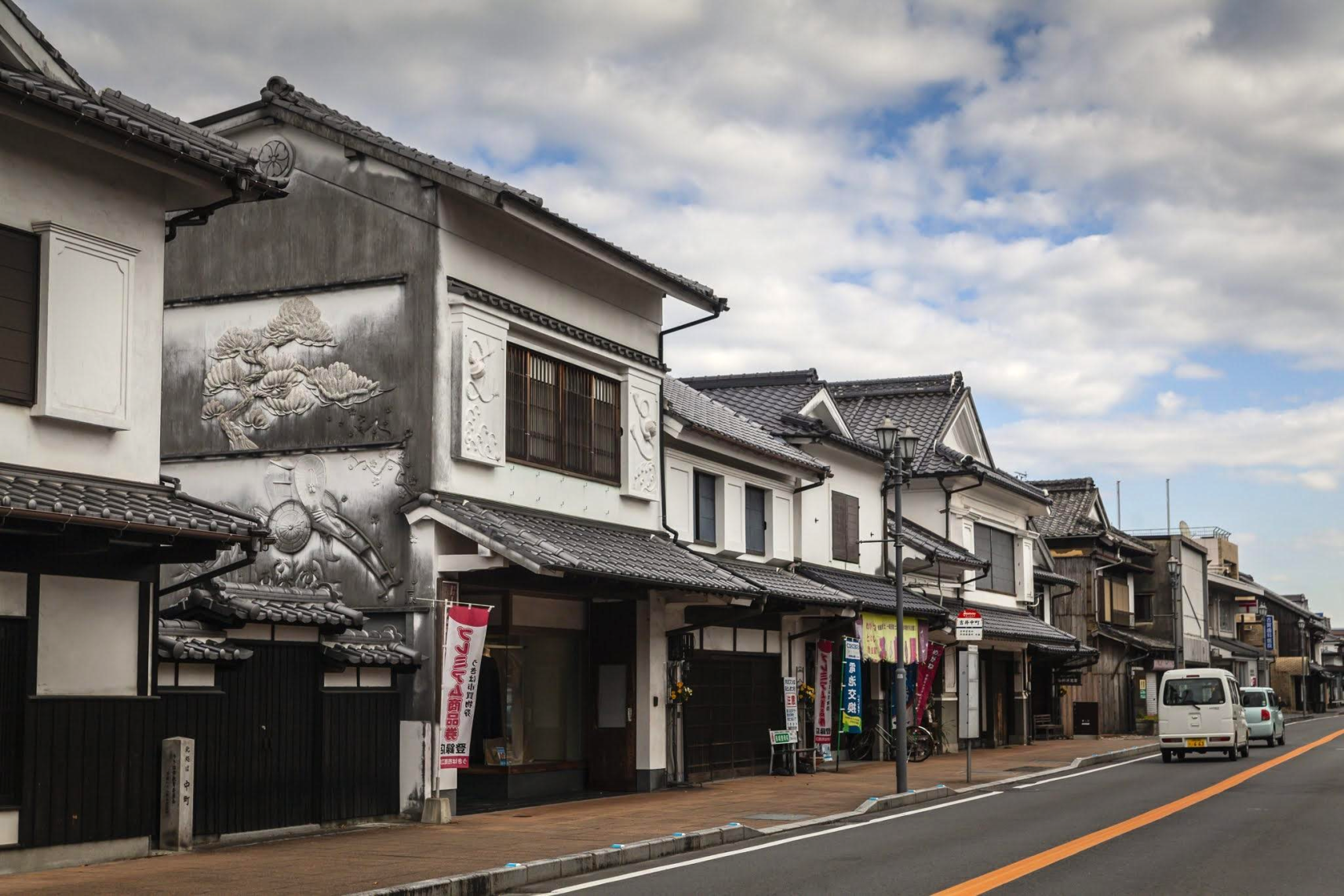
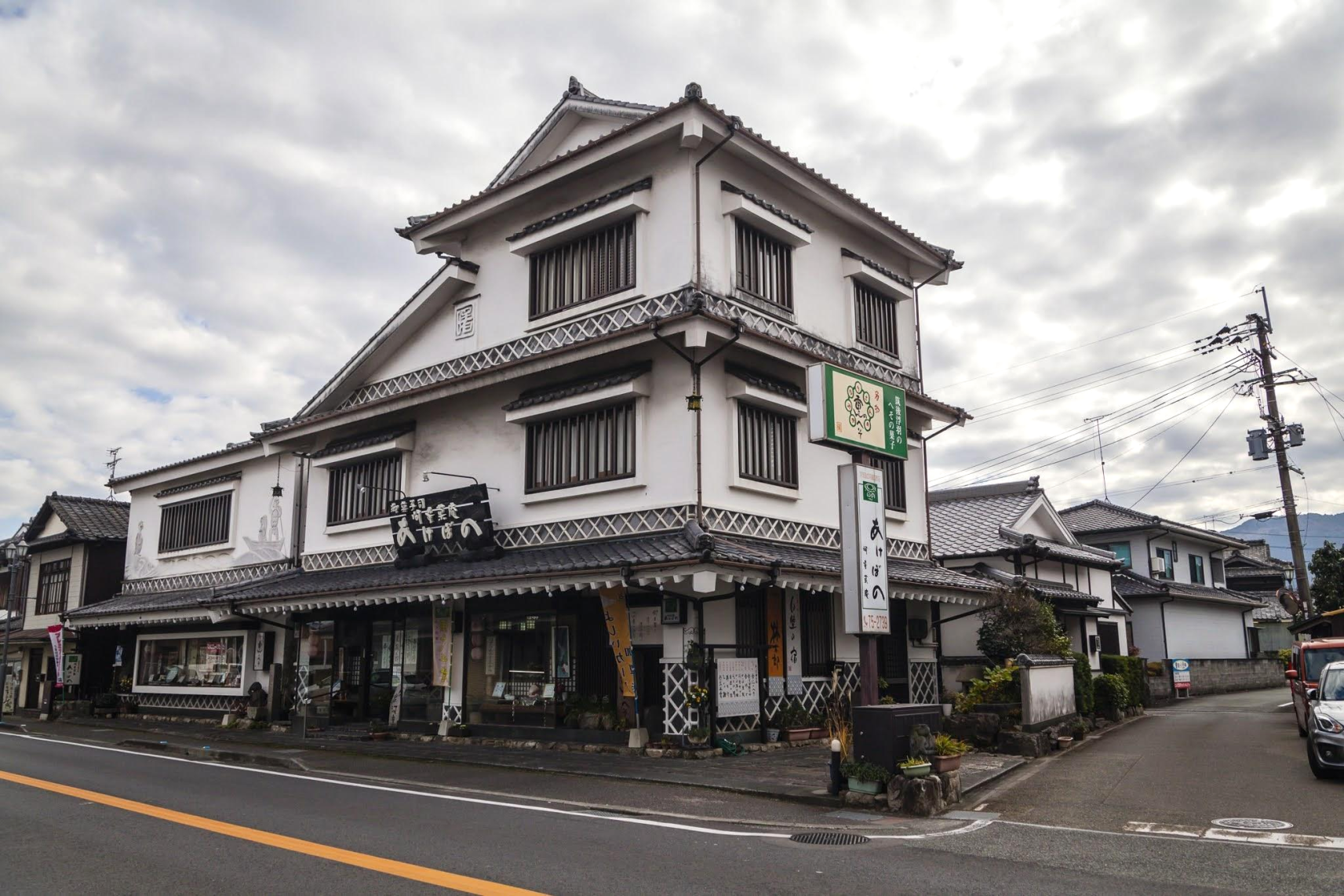
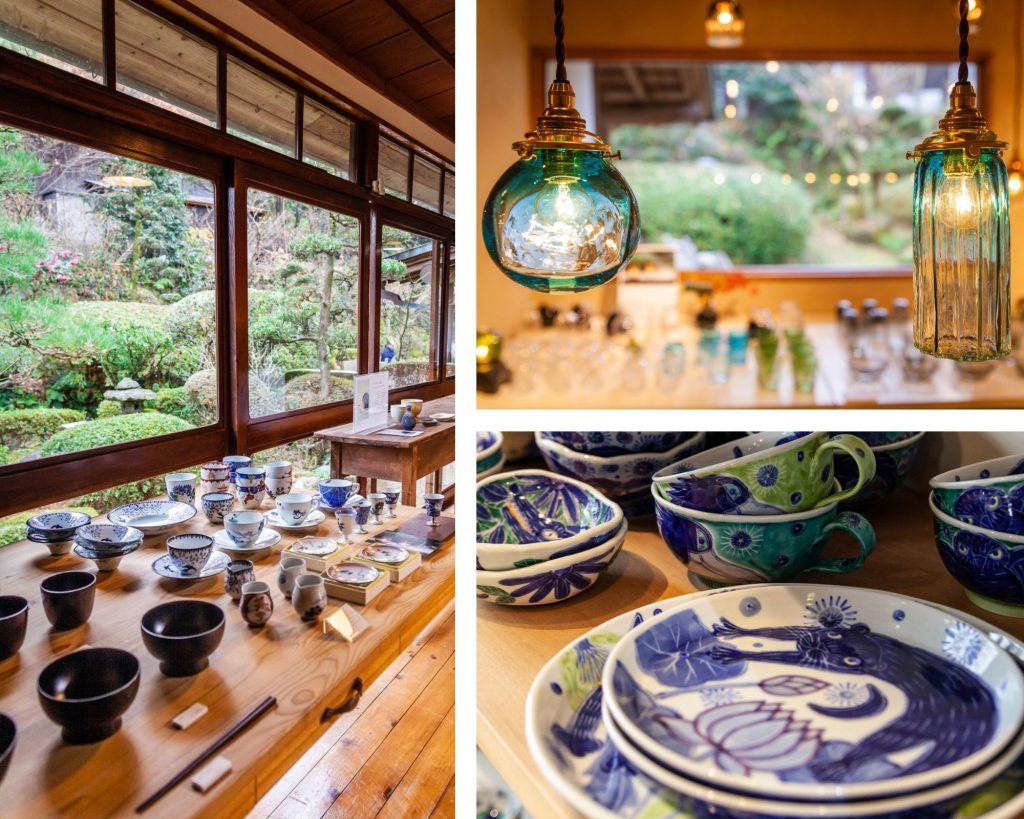
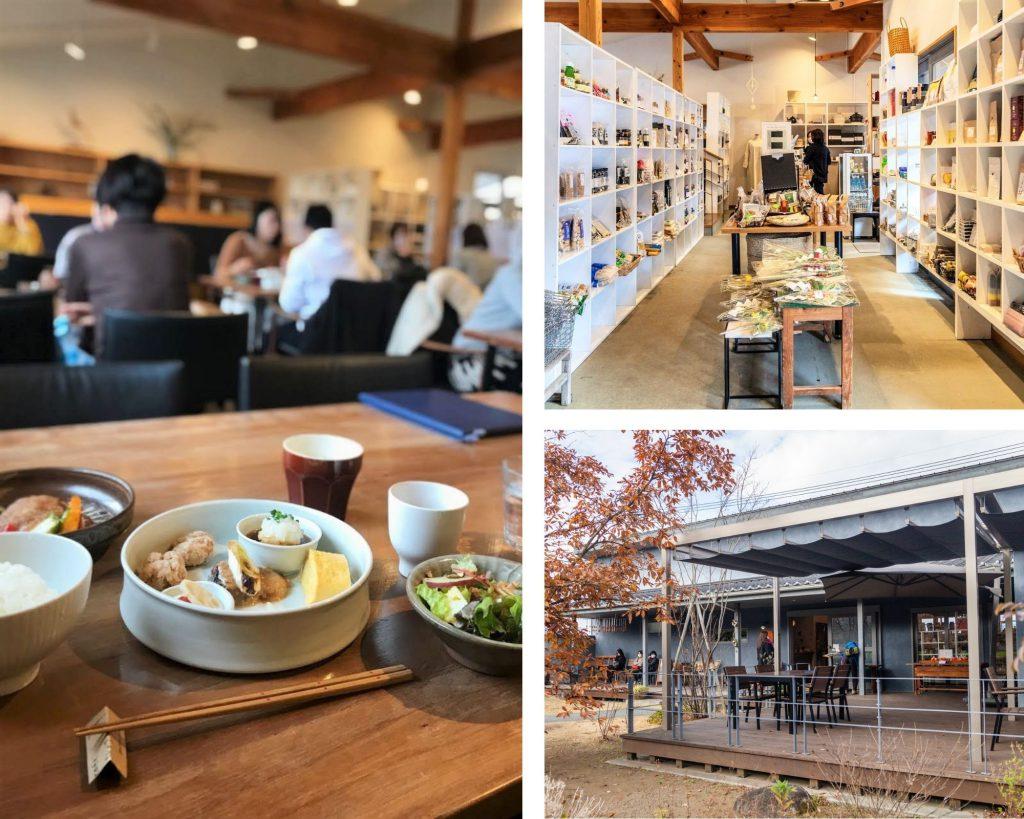
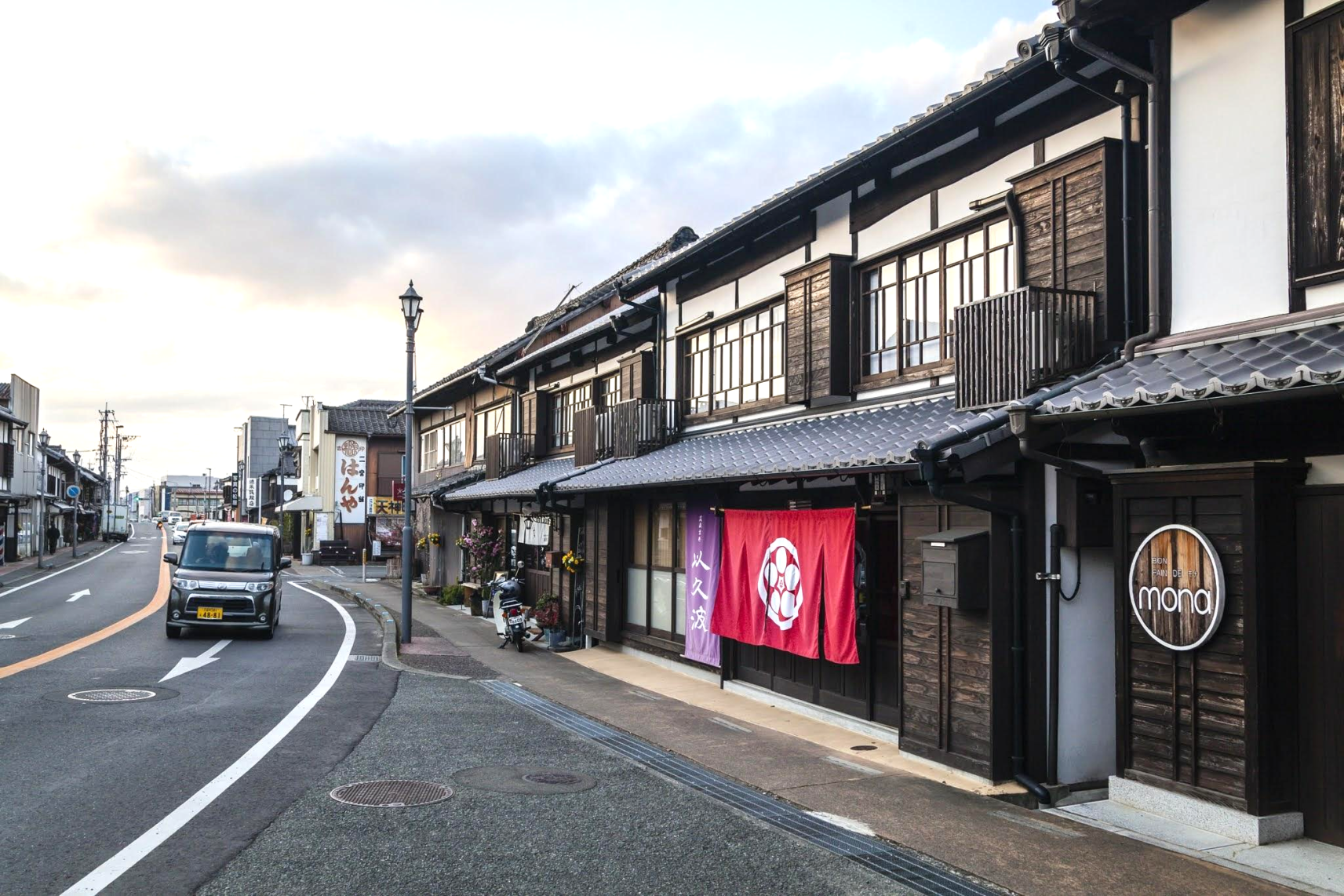
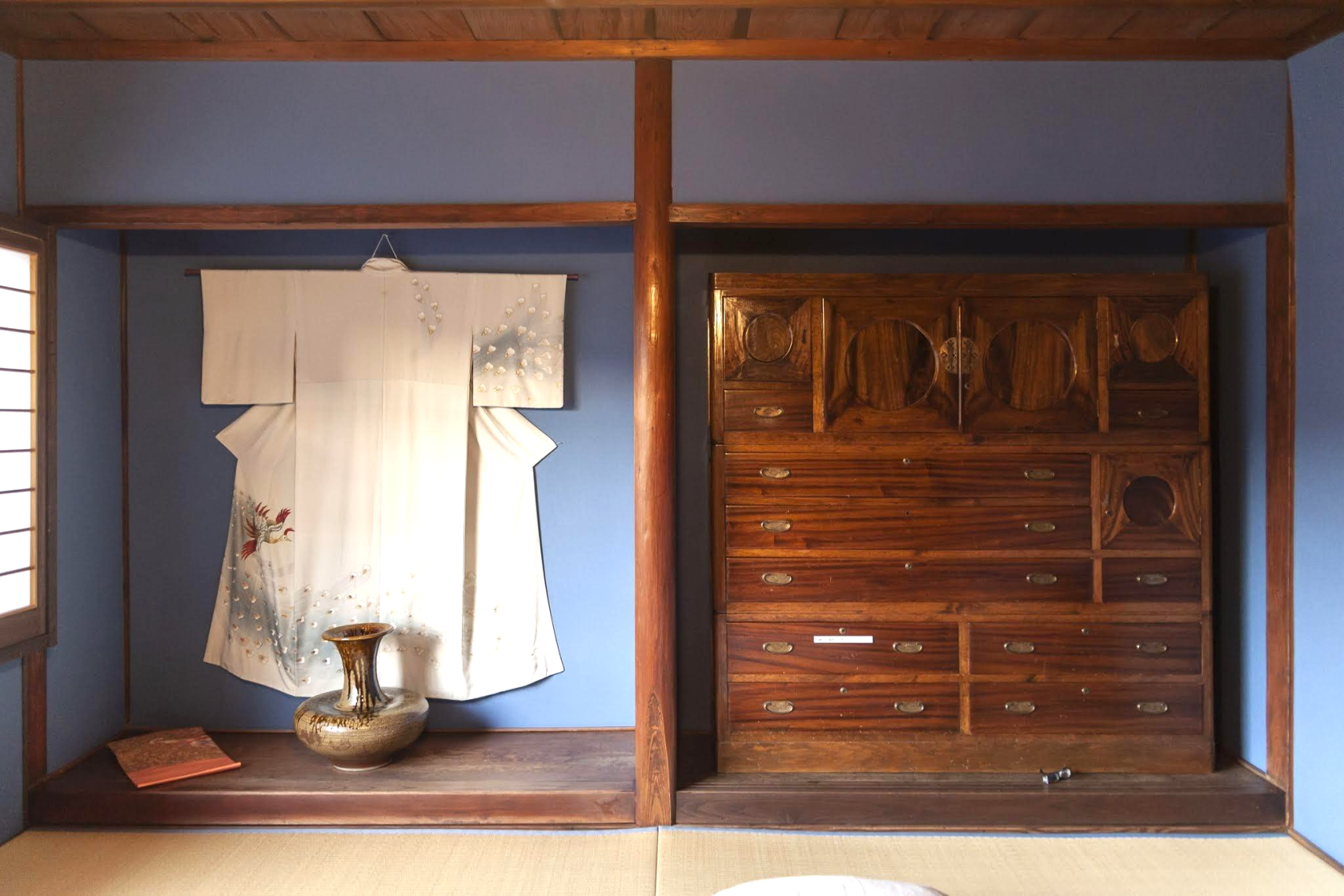
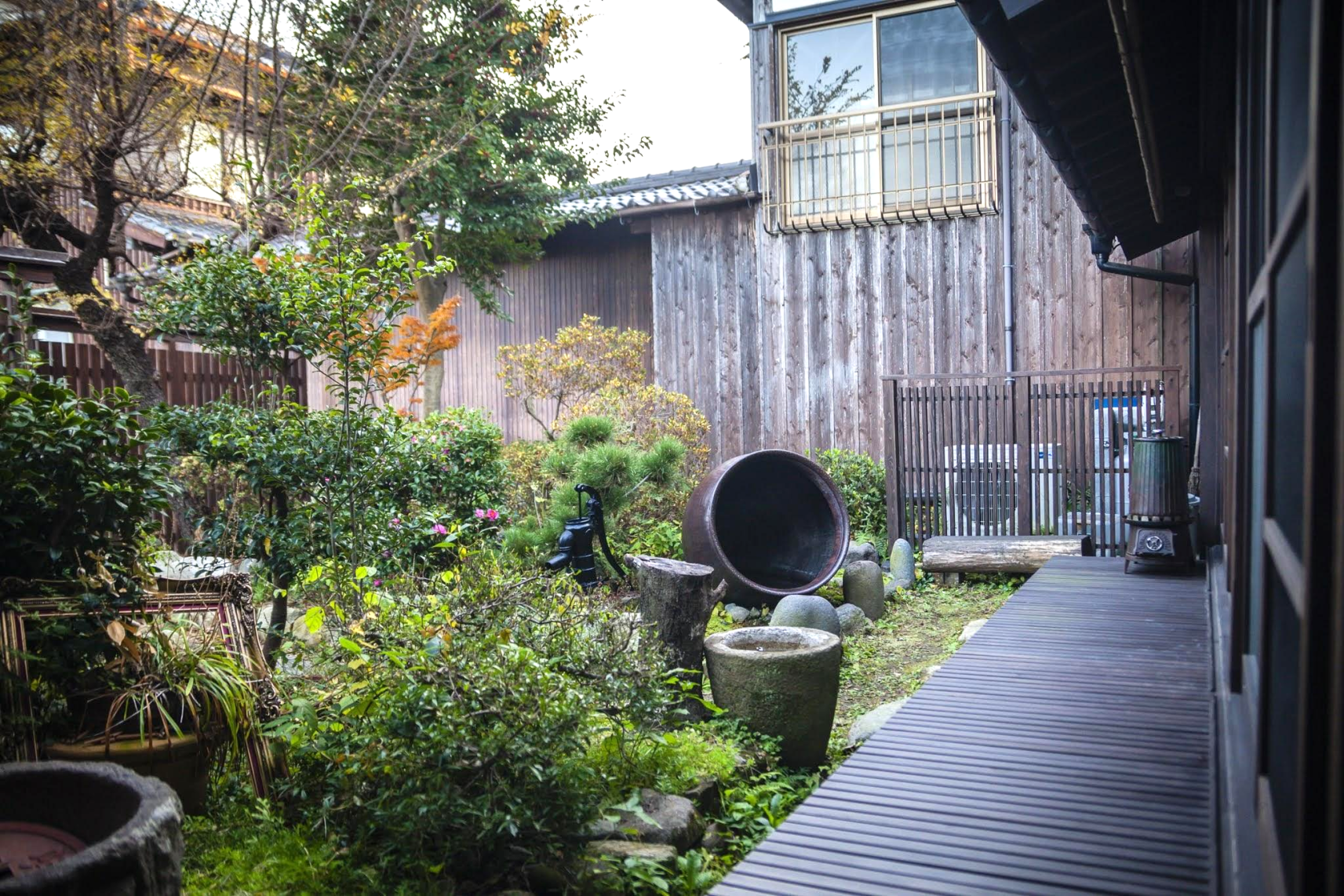
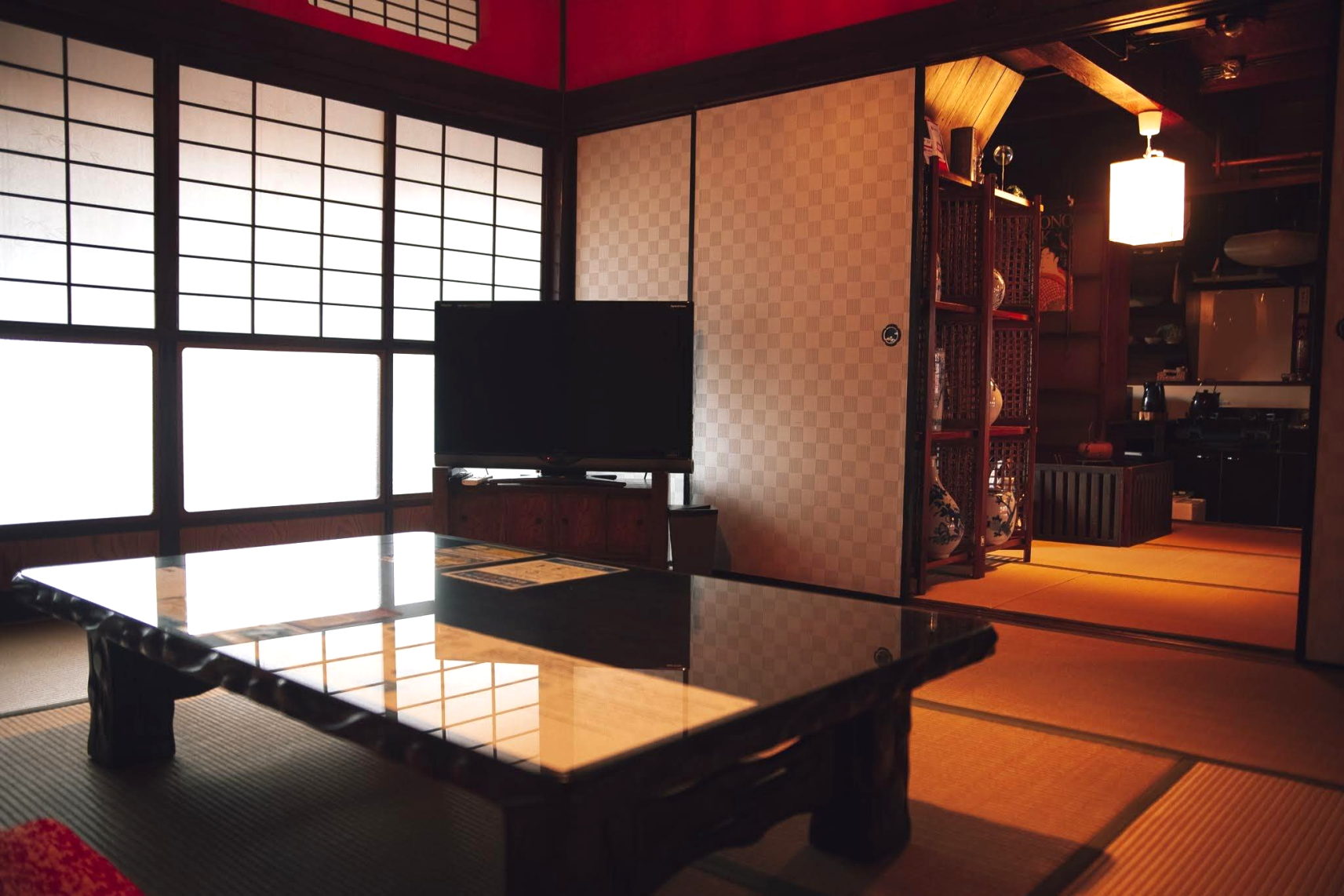
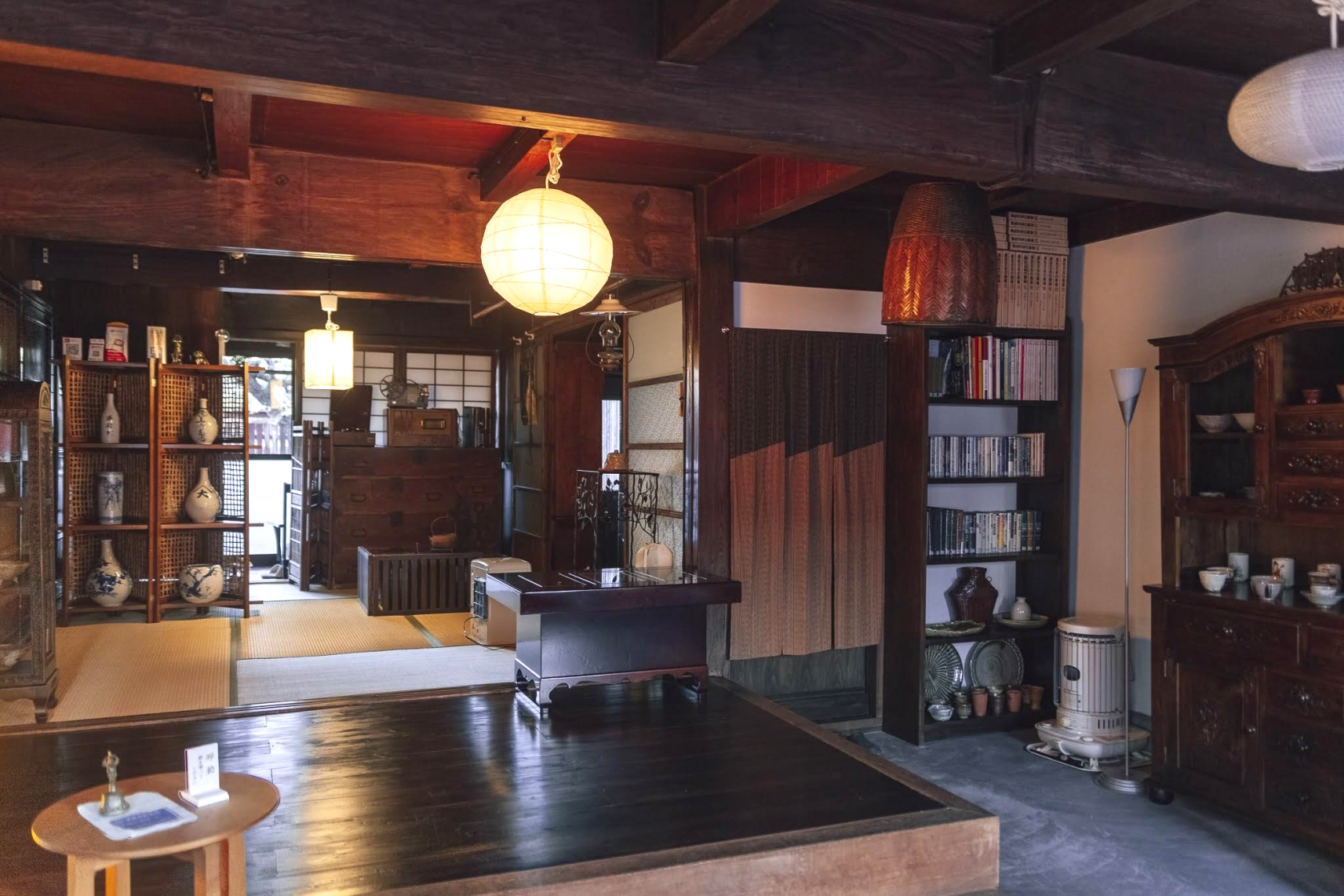
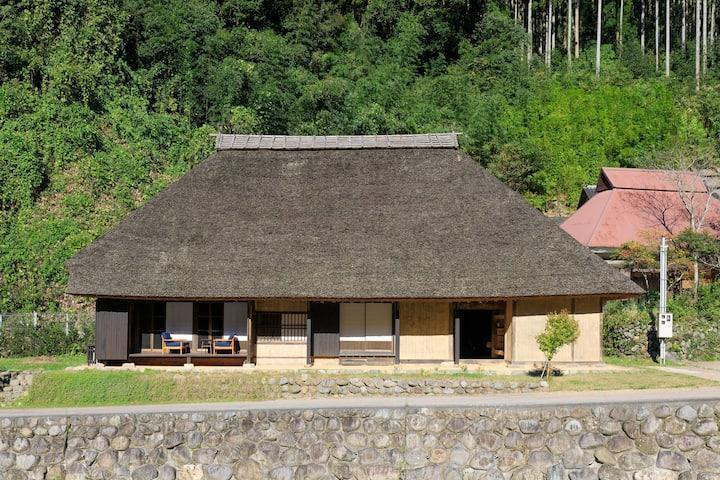
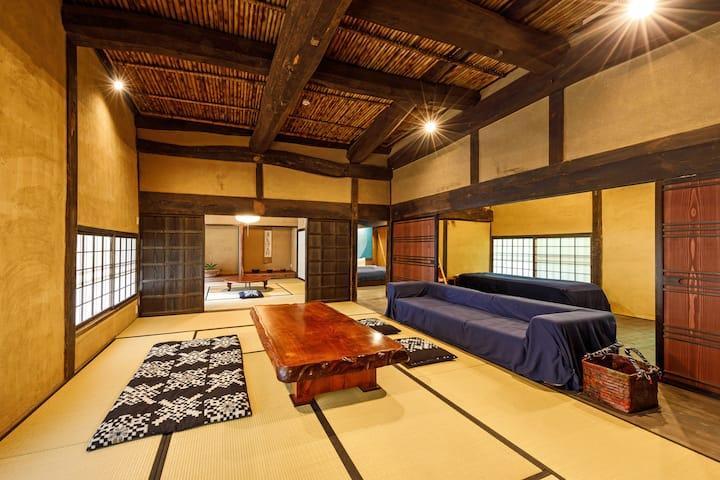
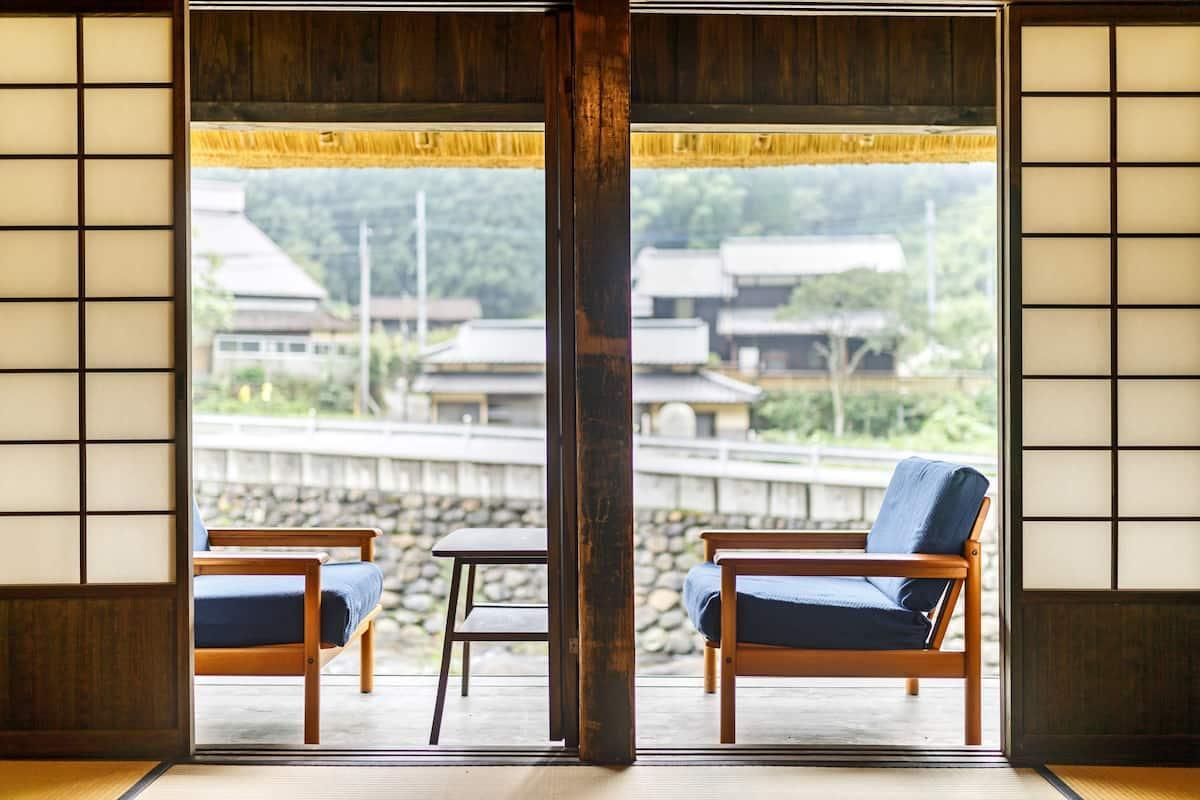
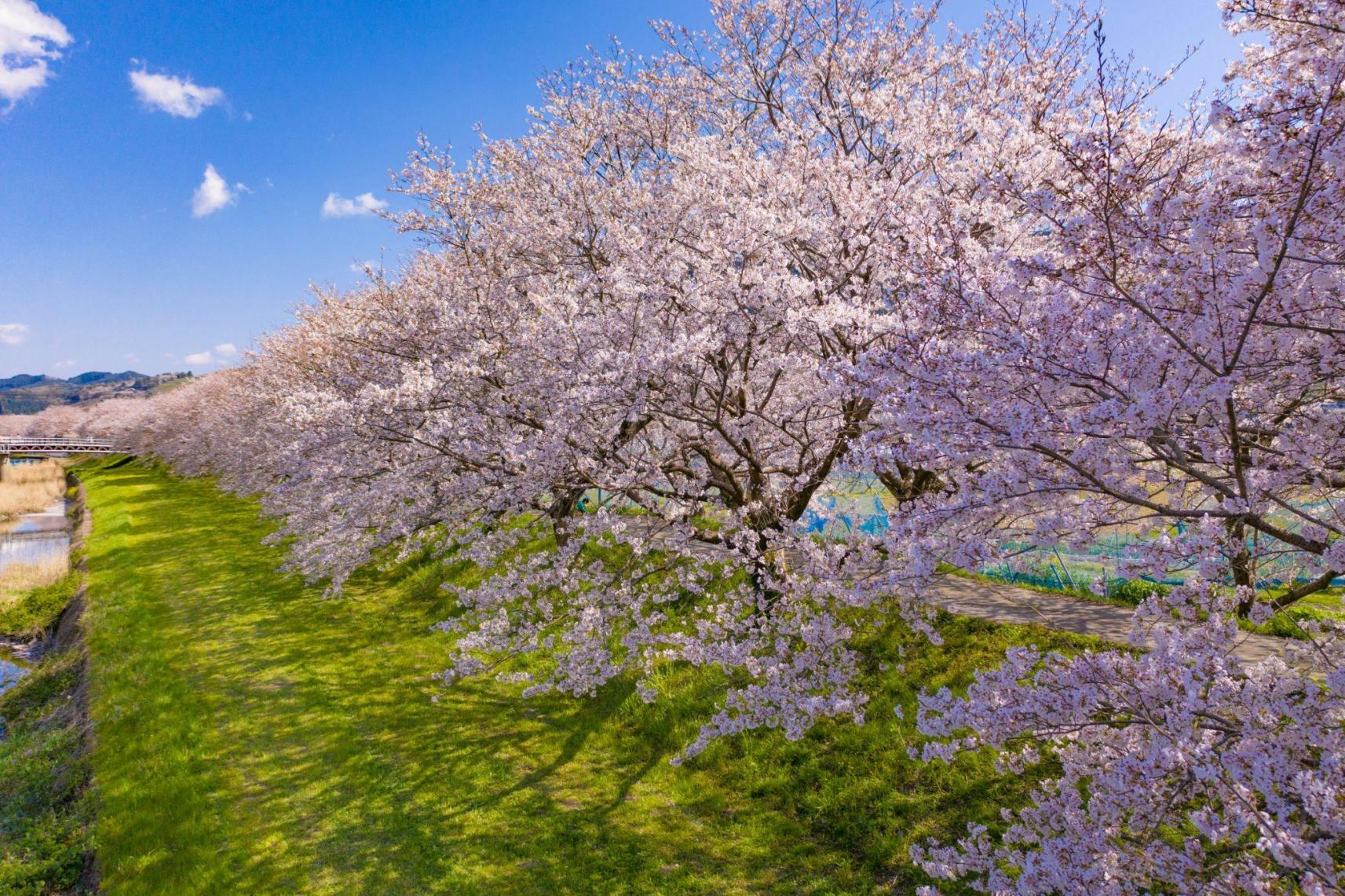
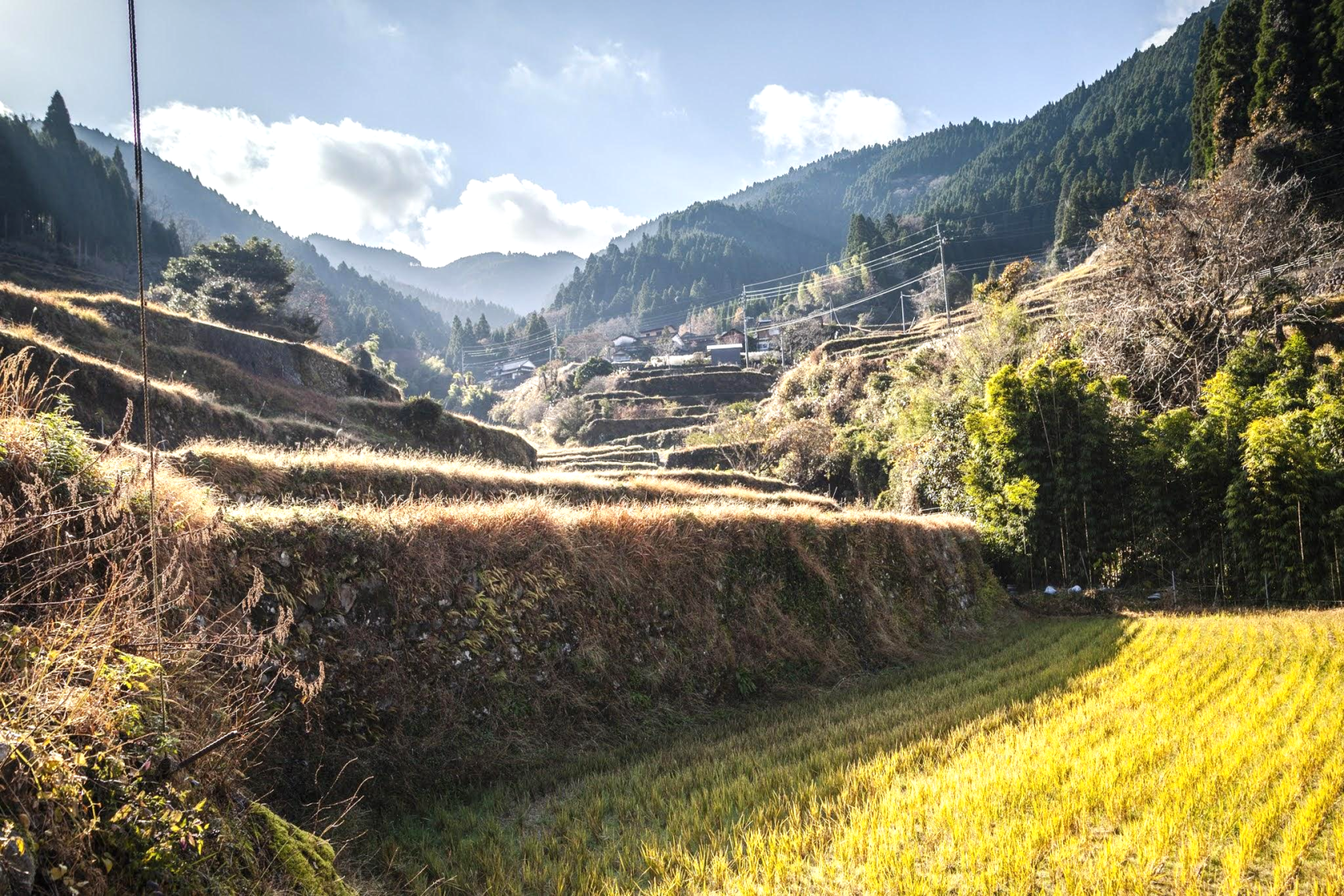
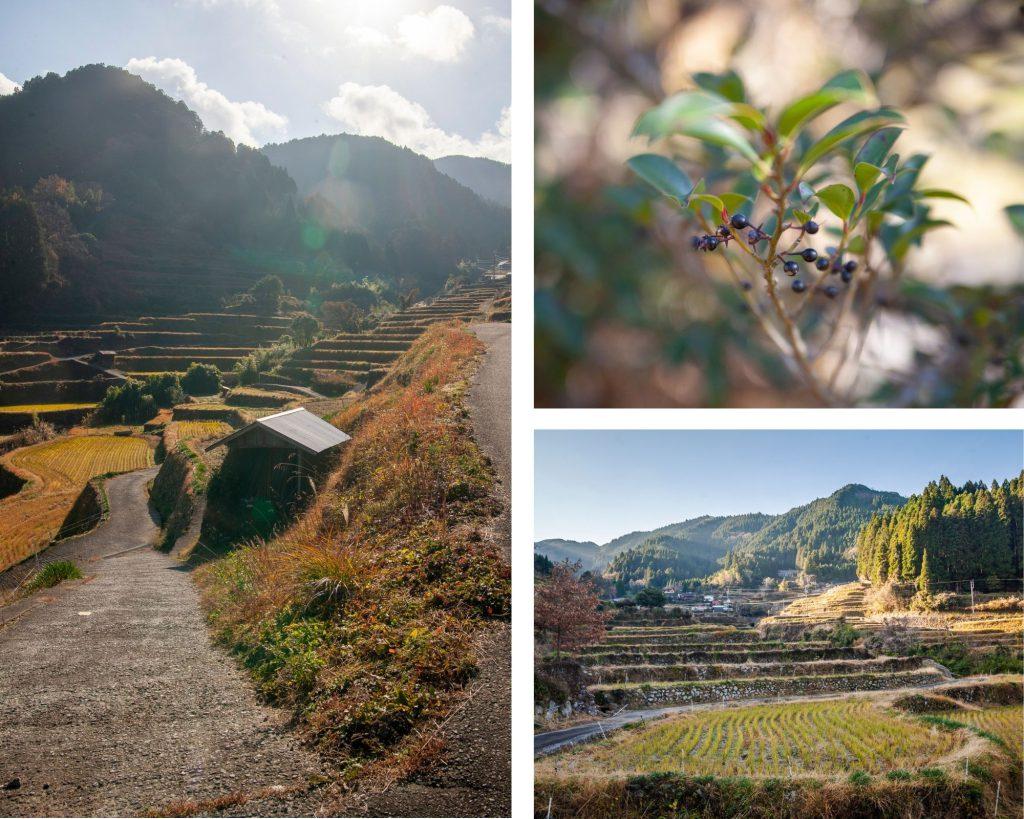
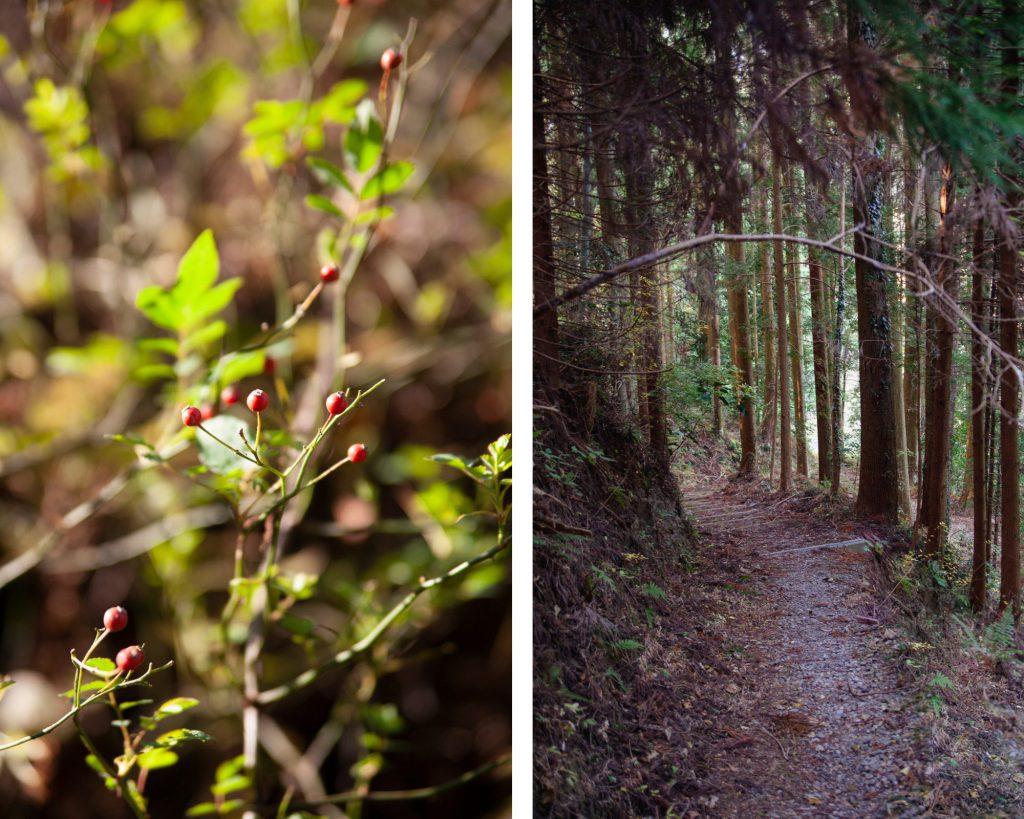
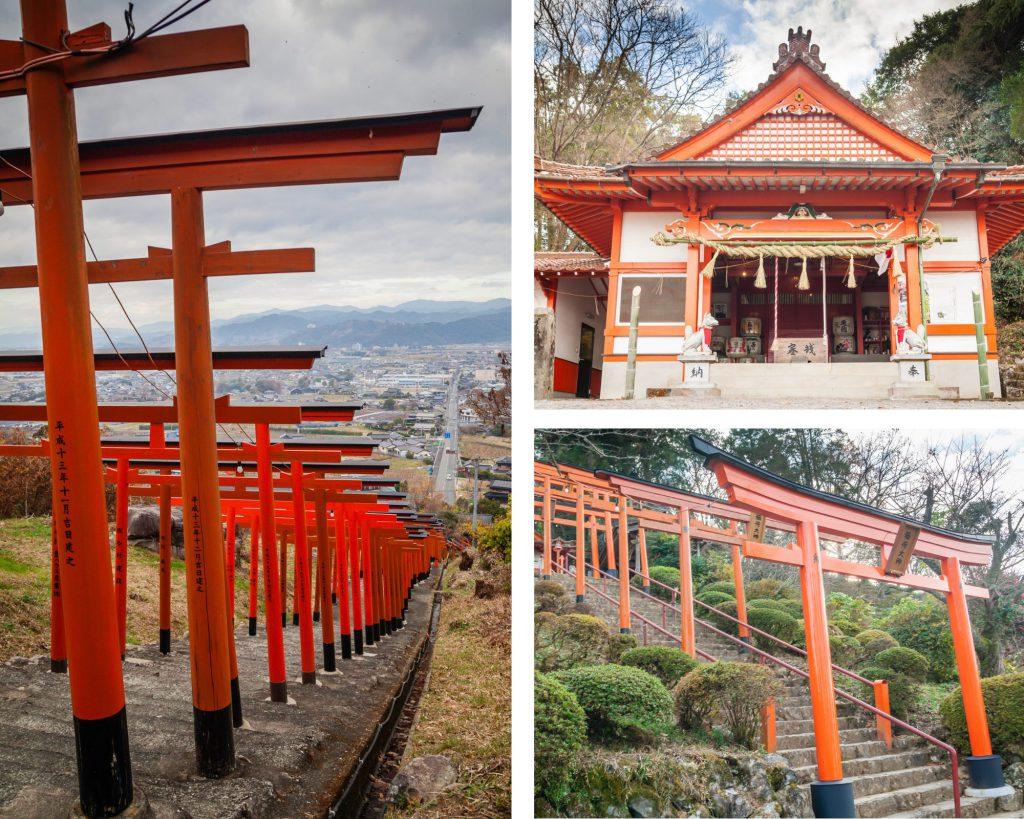
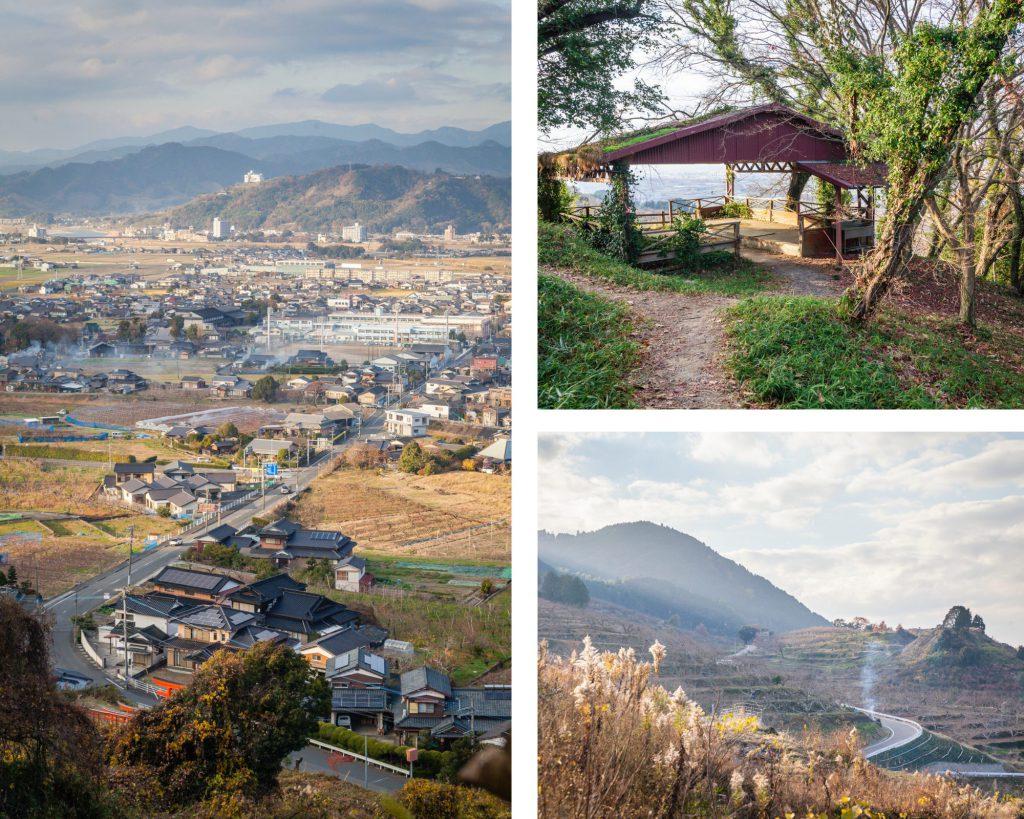
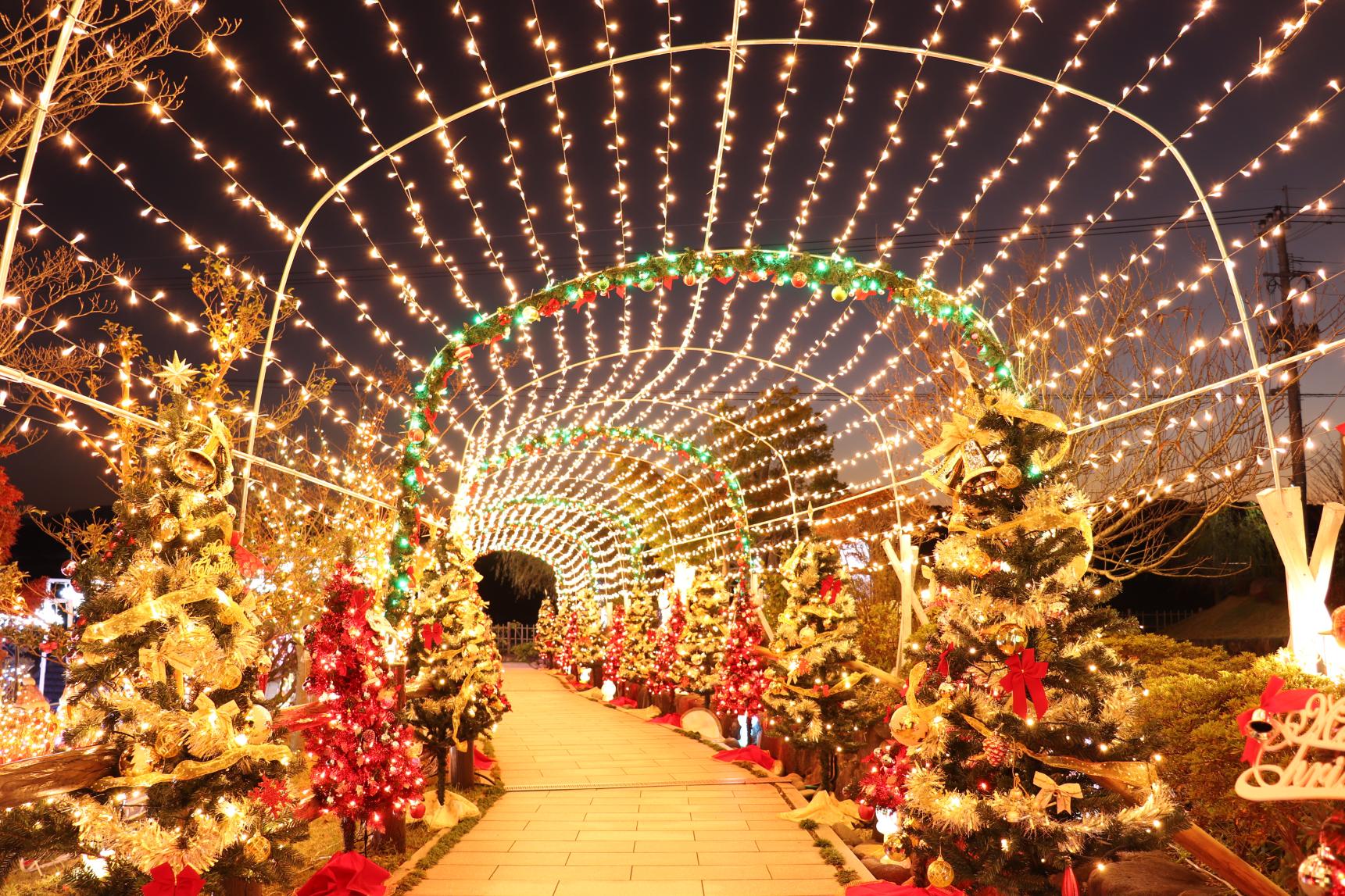
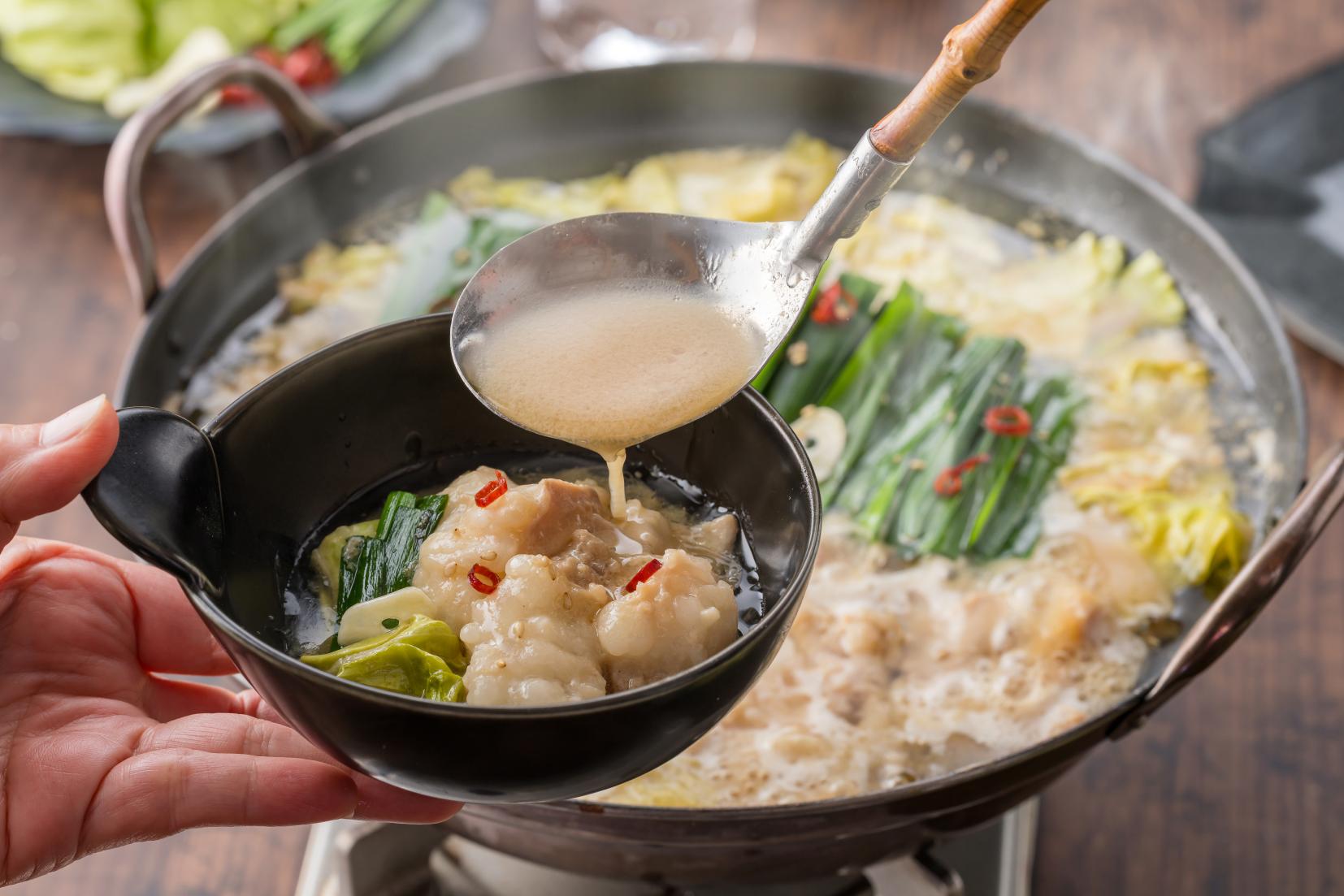
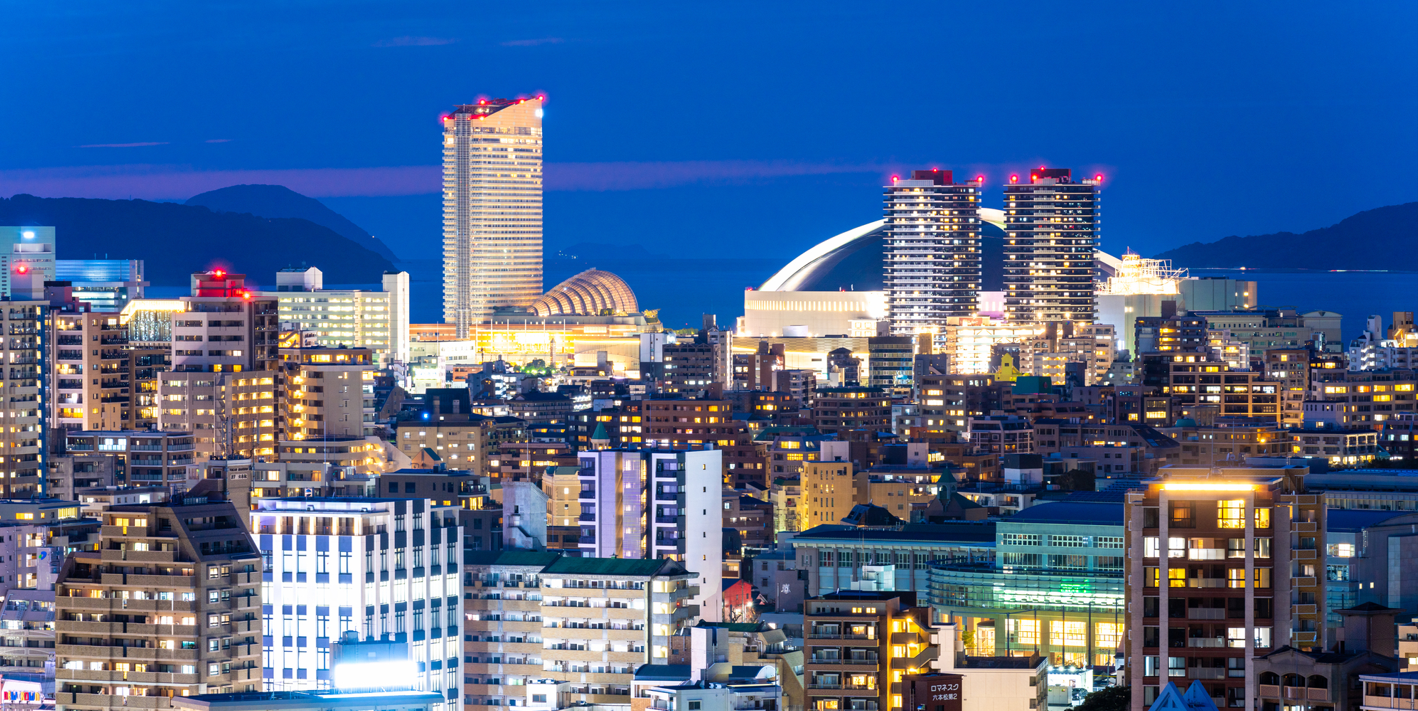
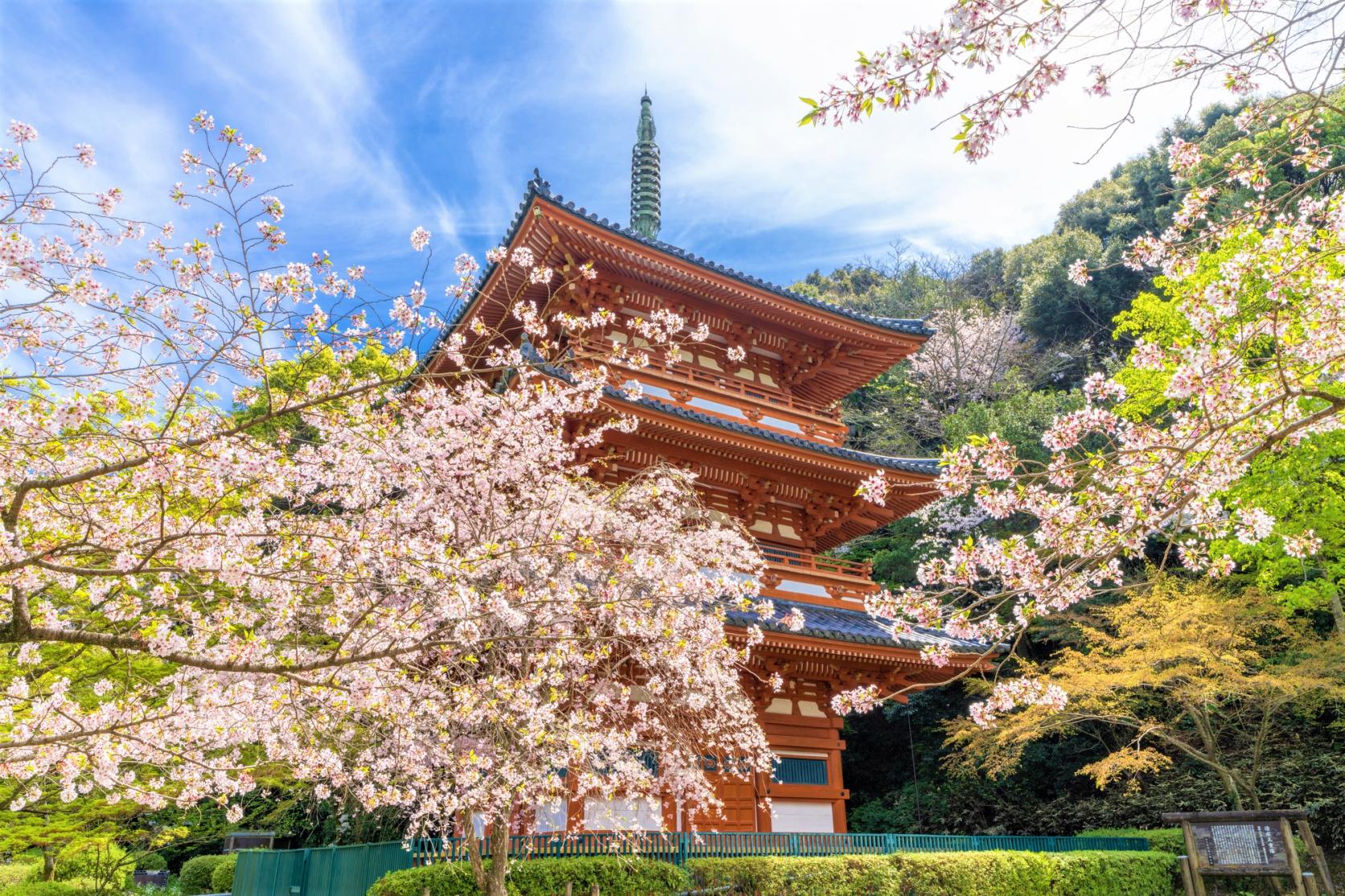
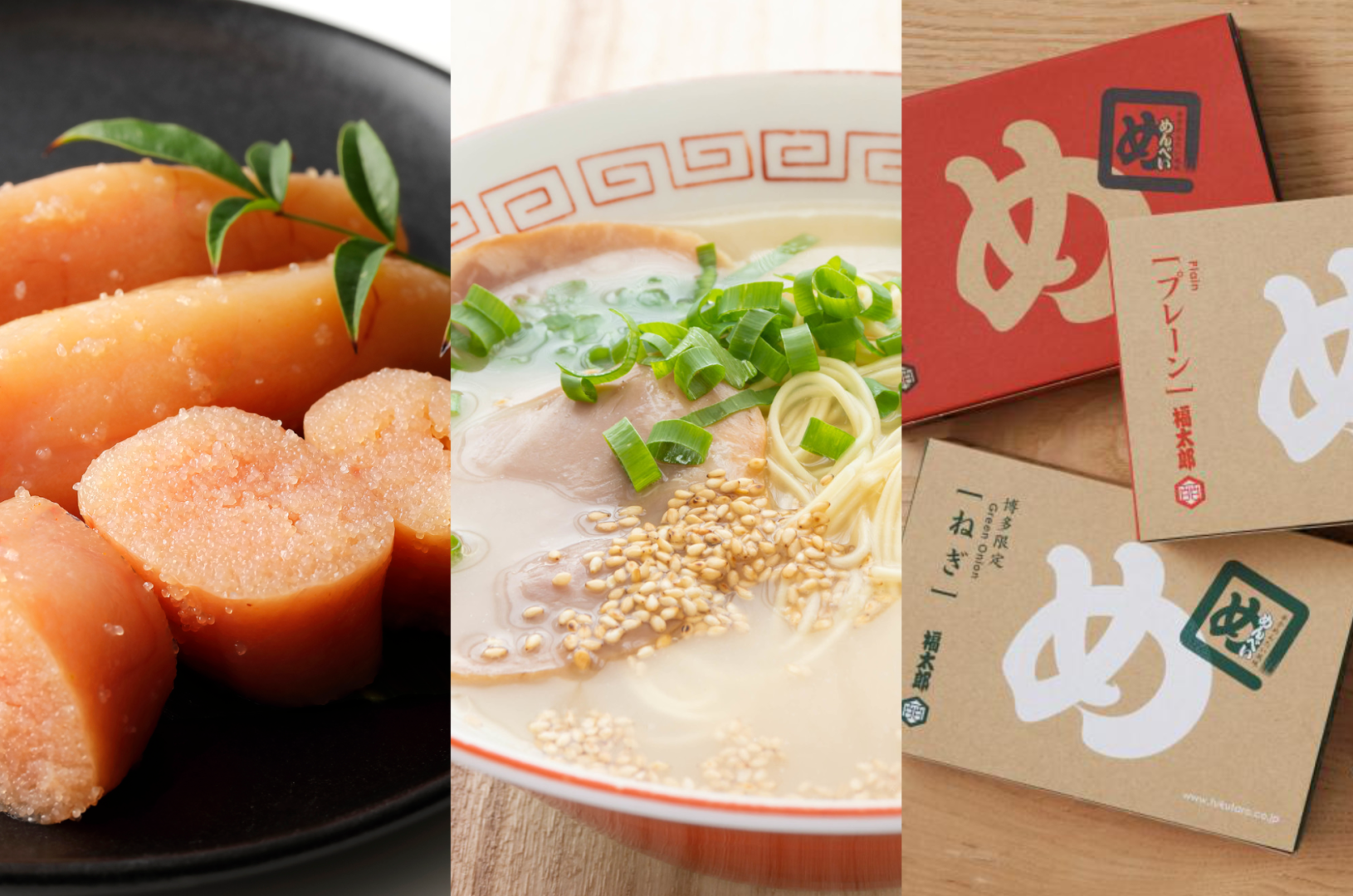
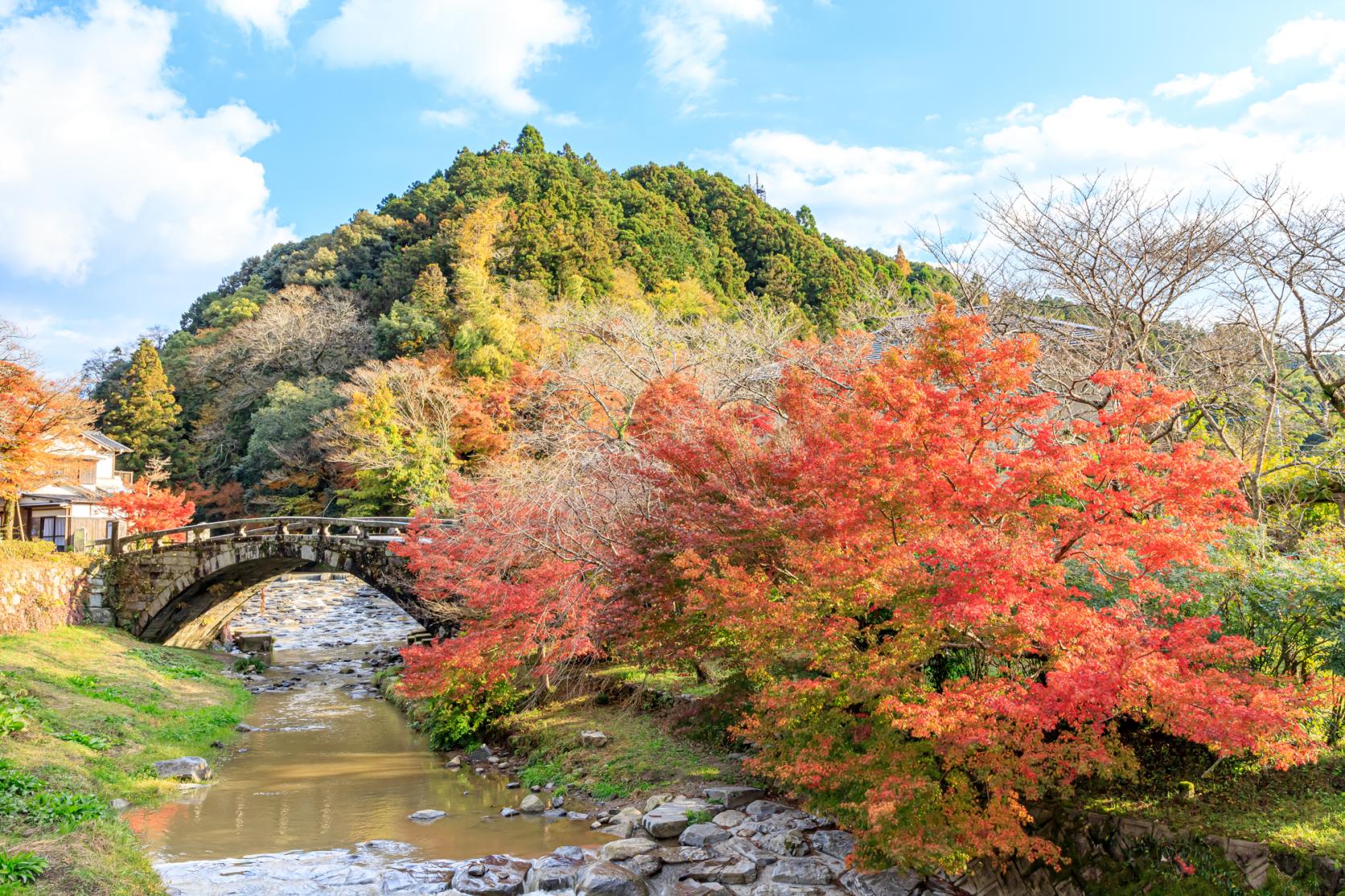

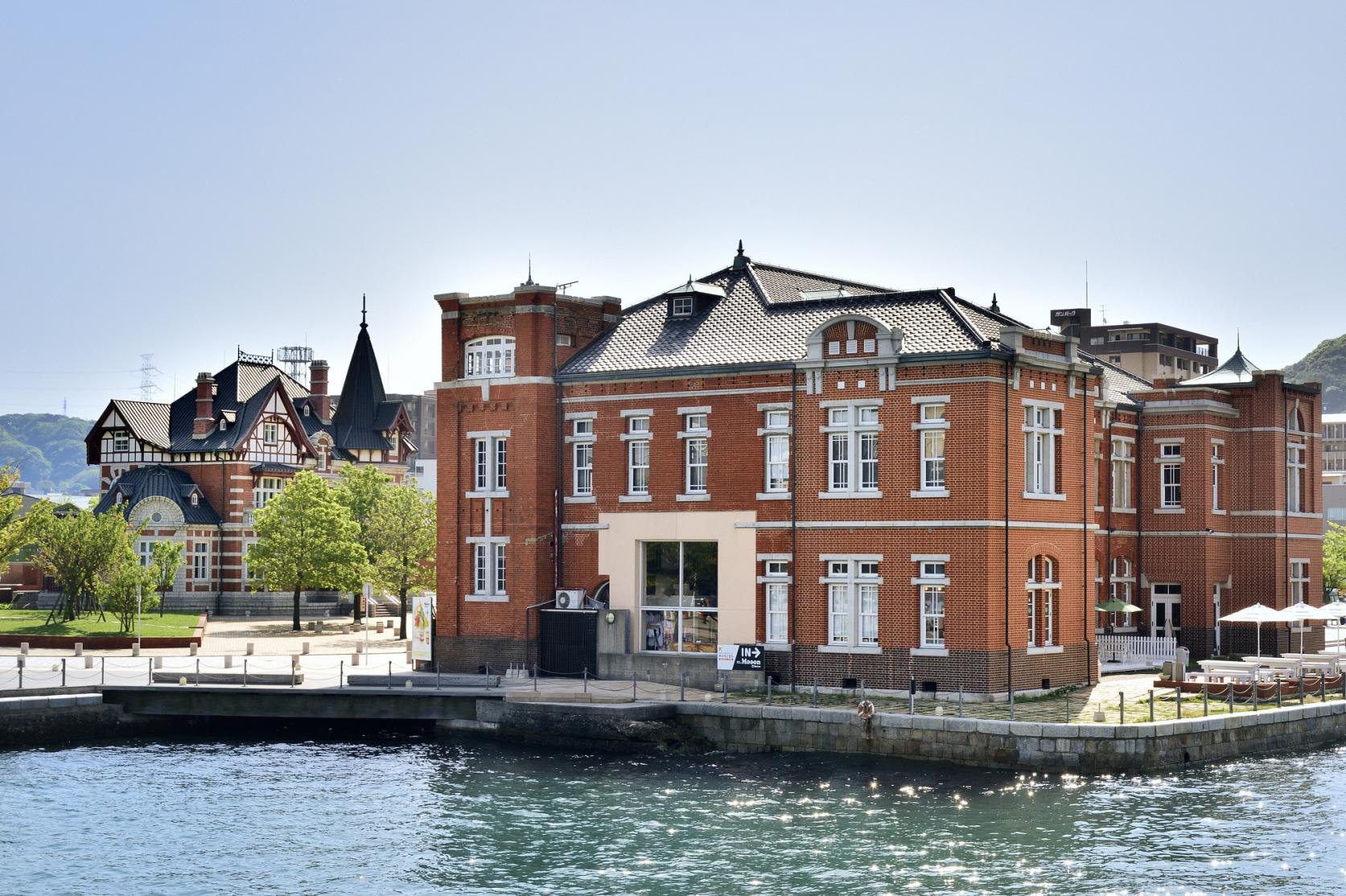
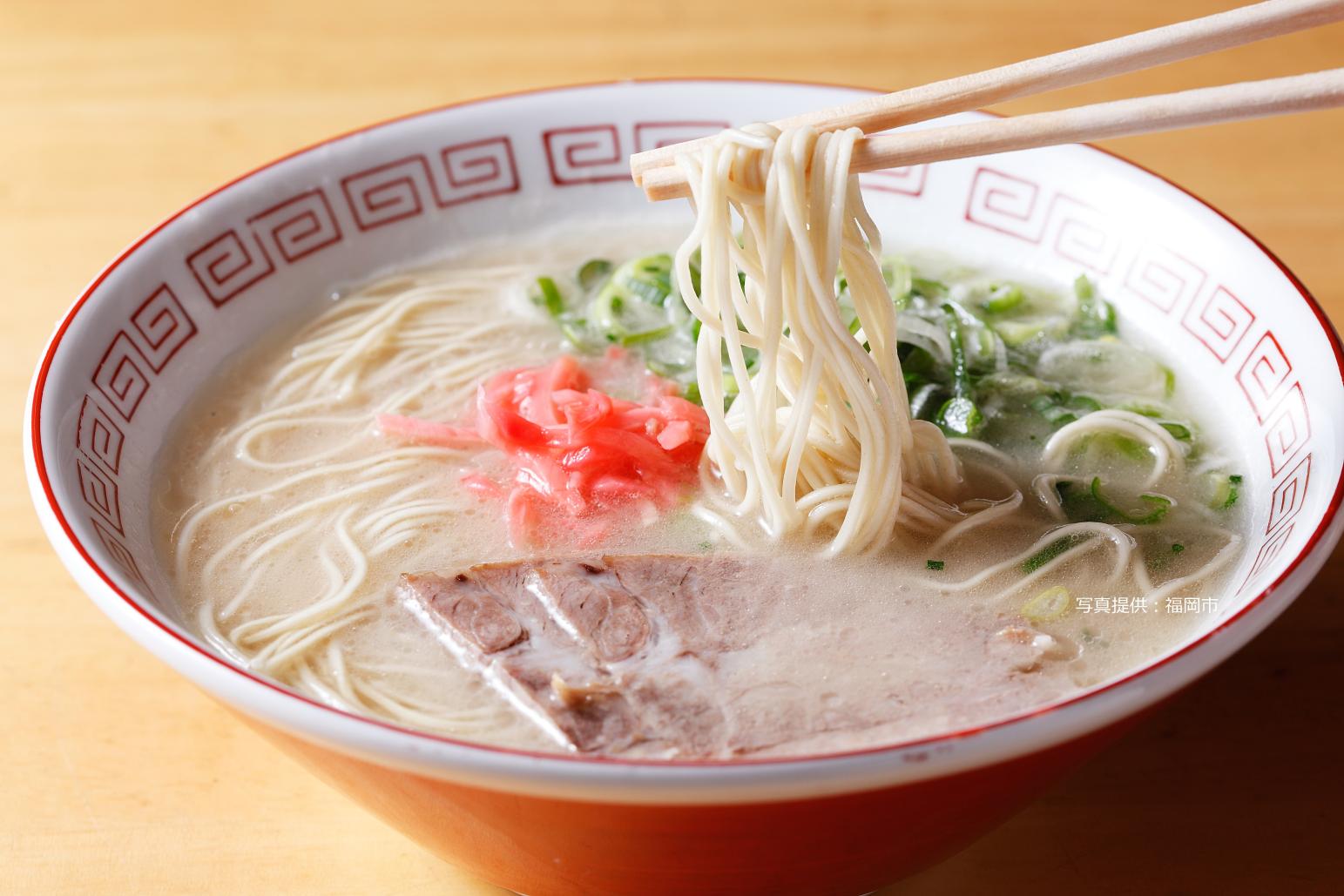
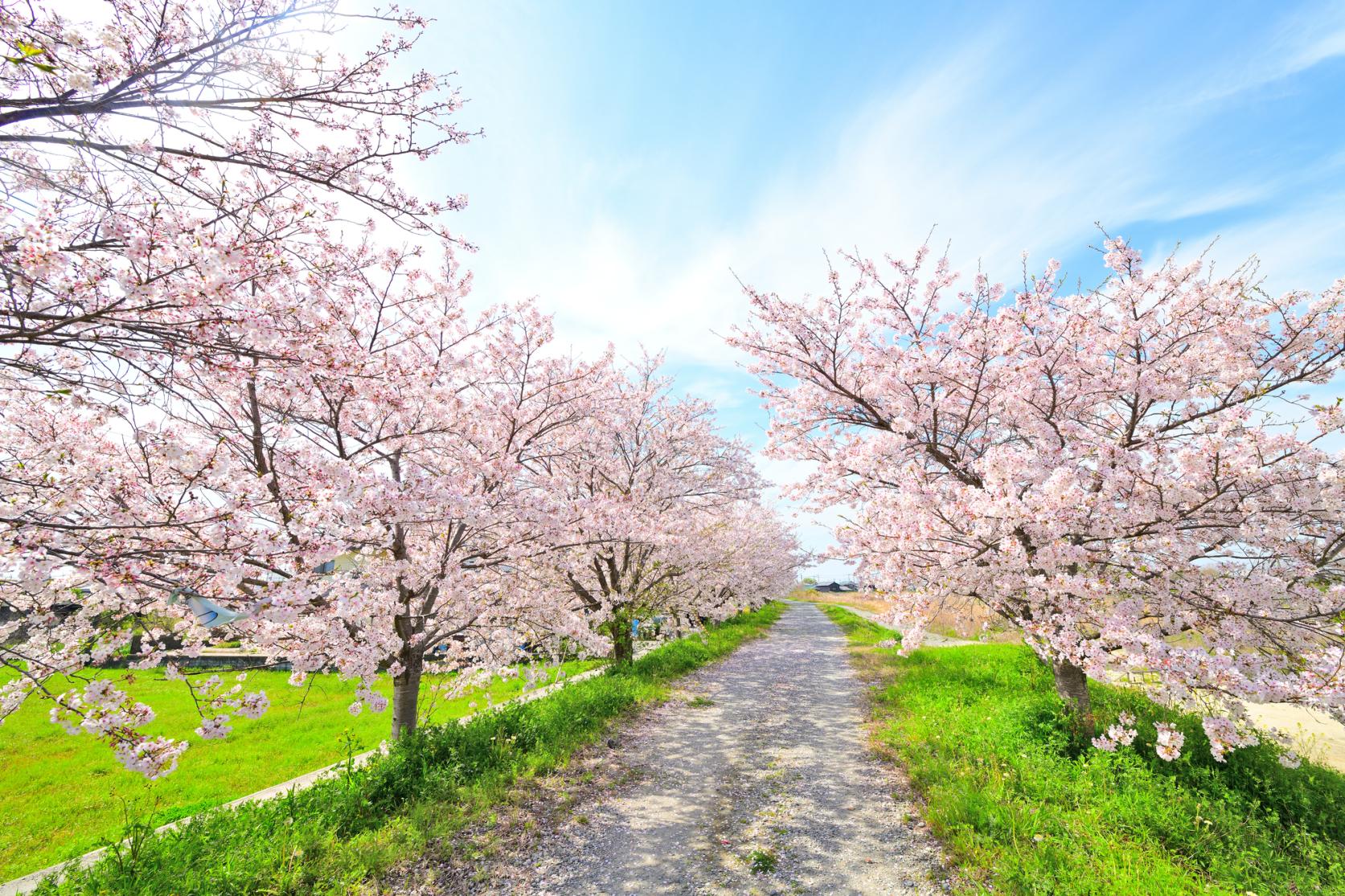
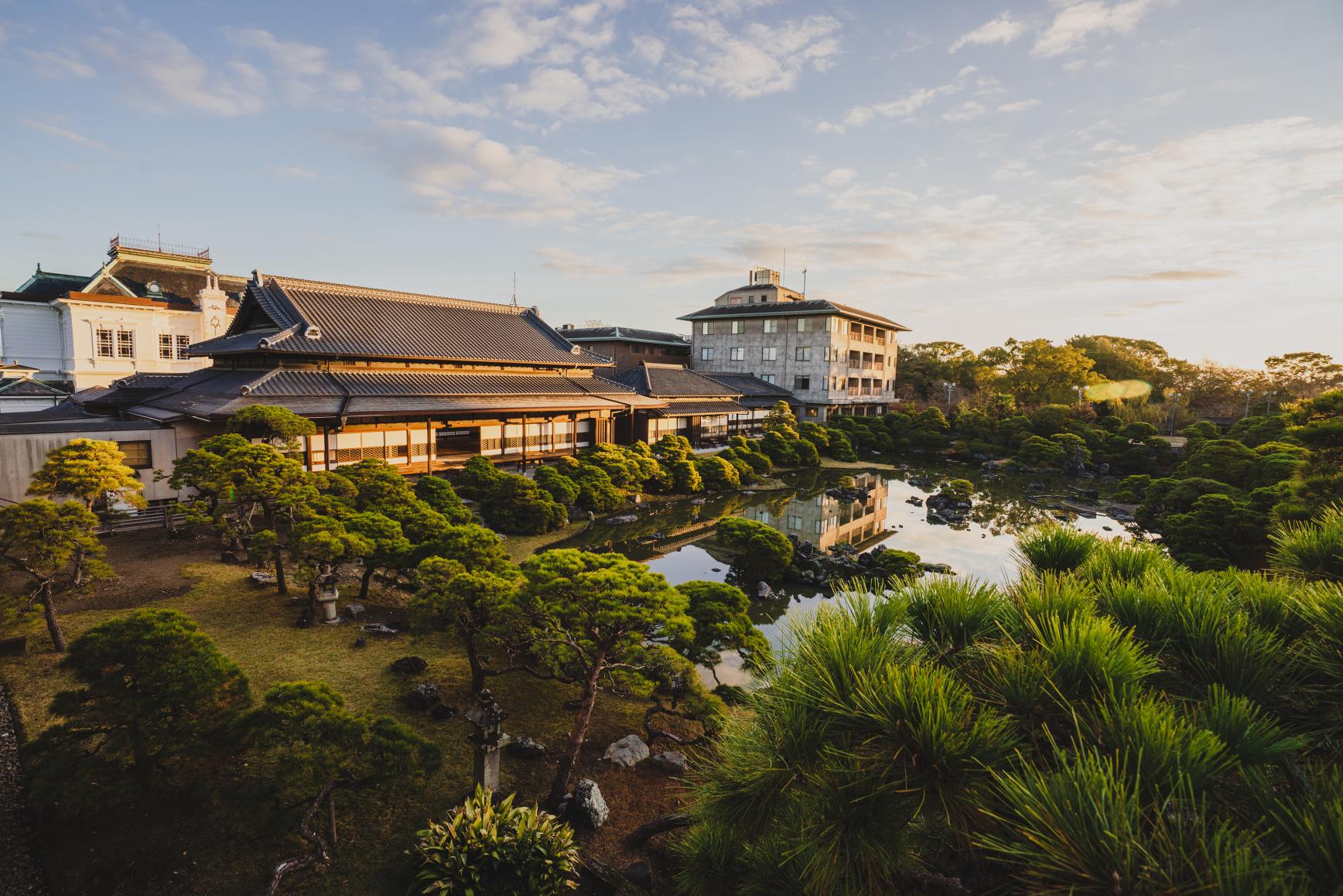
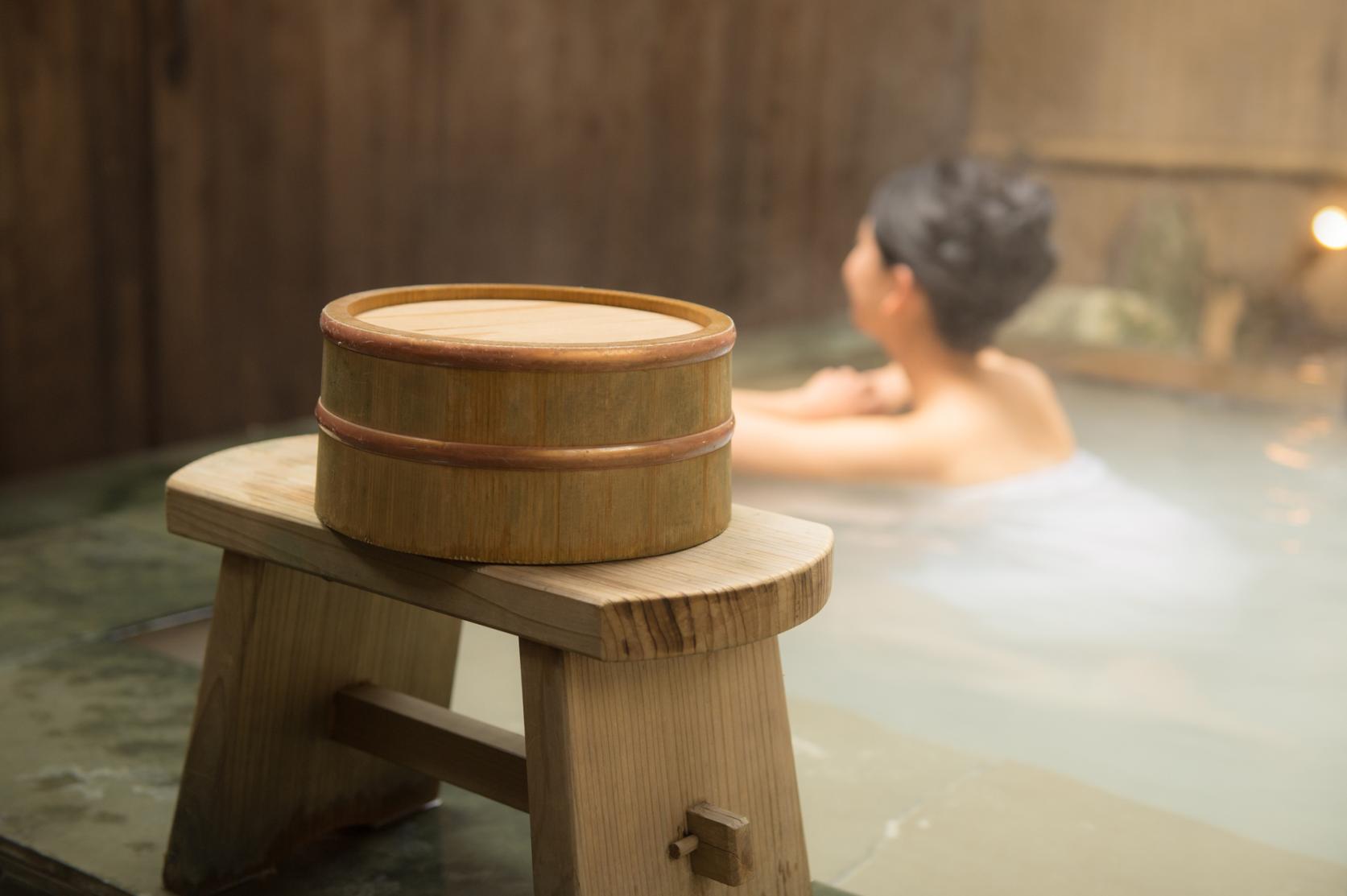
![[2025] Strawberry Picking Spots in Fukuoka-1](https://www.crossroadfukuoka.jp/storage/special_features/49/responsive_images/9ZHgrqvQdpH8tM4IRF54DXu0aPBF3YGGkj5WOTGc__1673_1115.jpg)
